|
It may still be summer, but the tease of fall is in the air. A smattering of leaves are beginning to float down from the deciduous trees, the sun is setting earlier in the evening and rising later in the morning. I’m hearing less hummingbird chatter, which means they have begun their migration south. This past week, daytime temperatures have been mild, with deliciously cool nights. All of this is a reminder that autumn is rapidly approaching. Just as the seasons shift, so too do our cravings at the table and in the glass. While red, white, and rosé wines can be enjoyed year-round, many wine lovers have seasonal favorites. As autumn and cool temps advance, red wines often take center stage, edging out the lighter wines that we enjoy in summer’s heat. Here are three red wines to welcome autumn. Domaine Bousquet Reserve Organic Malbec 2023 Domaine Bousquet has made frequent appearances on my website, and I’ve enjoyed reviewing their wines on numerous occasions. This family-owned estate is located in the Gualtallary Valley, high up in the Tupungato district of the Uco Valley in Argentina’s Mendoza region. It is Argentina’s largest producer and exporter of organically grown wines. To learn more about their vineyards and wines, click “Domaine Bousquet” in the Categories section on the right. This wine is a blend of 85% Malbec, 5% Merlot, 5% Syrah, and 5% Cabernet Sauvignon. These certified organically grown grapes are harvested from the estate’s best plots in the Uco Valley. This wine is aged 50% in 2nd-use 400L French oak barrels for six months, with the remaining in stainless steel and concrete tanks. Nose: Dark berries, plum, and spice, with a hint of floral and oak. Palate: Layered with plum, blackberry, raspberry, dark cherry, chocolate, and pepper, ending on a long, silky finish. Nicely balanced with soft tannins and good acidity. Alcohol: 14.5% SRP: $18 Pairing suggestions: Grilled meat, pasta, stews, seared tuna, and spicy Asian cuisine. Famiglia Cotarella Sodale Merlot Lazio IGT 2020 Famiglia Cotarella is family-owned business spanning three generations of grape growers and winemakers from Umbria, Italy. Today, sisters Dominga, Marta, and Enrica Cotarella control the family estates. Their mission is to further tie the company’s identity to its native terroir and the family name. Their portfolio includes classic Italian blends and single varietal expressions of Merlot and Sangiovese from Lazio, Umbria, and Montalcino. This wine is 100% Merlot. Grapes were hand-harvested from vineyards in the Lazio region. After fermentation, the wine was aged for nine months in neutral French oak barrels. Fined and lightly filtered before bottling, the finished wine was aged for several months in bottle before its release to market. Nose: Violets, red fruit, baking spice, and subtle hints of cherry. Palate: Round and smooth with notes of dark berries, plum, dark cherry, and spice. A touch of vanilla and cherry tobacco lingers on a long finish. Alcohol: 14.5% SRP: $25.99 Pairing suggestions: Roasts, game, poultry, mushroom risotto, and hearty stew.. Lázuli Cabernet Sauvignon 2017 Vina Aquitania is a partnership of four distinguished winemakers and vineyard owners. Bruno Prats and Paul Pontallier (RIP) of the Bordeaux region, Ghislain De Montgolfier of Champagne, and Felipe De Solminihac, a renowned oenologist in Chile. They produce limited quantities of Chilean wine inspired by the Bordeaux tradition. This wine is 100% Cabernet Sauvignon, hand-harvested from 25 to 30-year-old vines planted in Peñalolén, a commune bordering Santiago de Chile at an elevation of 2,300 feet in the Maipo Andes. The wine was aged for 16 months in French oak barrels and is named after Lapis Lazuli, the beautiful blue gemstone found in Chile. Nose: Lots of dark fruit, floral notes, jammy plum, and subtle hints of baking spice, earth, and herbs. Palate: Aromas segue onto the palate with blackberry and cherry tobacco. This is a balanced and complex wine with a playful amount of acidity. Alcohol: 14.5% SRP: $45 Pairing suggestions: Enjoy with roasted meat, venison, seared tuna, spicy cuisine, and dark chocolate desserts. What red wine will you pour as the leaves turn? Until next time…
Cheers! Penina To leave a comment or if you have an inquiry, please contact me at [email protected] It’s time to wine and dine! So, fire up the grill and toss on your favorite meat or tuna steak. I have two delicious reds to pair with your feast! A few months ago, I reviewed a delectable Sauvignon Blanc from Oberon Wines, part of the Michael Mondavi Family portfolio based in Napa Valley, CA. The head winemaker for Oberon Wines is Tony Coltrin, a lifelong resident of Napa. With over a half-century of winemaking experience, Tony knows every expression of the valley and, specifically, which sub-zones produce exceptional classic Bordeaux grapes, including the Paso Robles wine region. Tony’s enduring relationships with growers throughout Napa Valley are the very essence of Oberon’s quality and consistency. Tony selects top-quality fruit year after year from the finest wine-growing regions throughout Napa Valley and Paso Robles. A short time ago, I received samples of Oberon’s Napa Valley Merlot and Paso Robles Cabernet Sauvignon, two noteworthy wines. Oberon Napa Valley Merlot 2021 The grapes for this Merlot were sourced from Napa’s renowned Oakville district. Oakville lies on the valley floor in the heart of Napa. The deeper, well-drained alluvial soils in the vineyards, along with the perfect balance of cool mornings and warm afternoons, make this the ideal location for growing Bordeaux varietals. In addition, Tony sources Syrah and Zinfandel in small lots specifically for this blend as they merge well with the Merlot and bring out the rich character of this expressive Oakville fruit. It is aged 12 months in French oak barrels. Nose: Ripe berries, plum, and baking spice. Palate: Dark cherry, strawberry, and red plum, with a hint of cocoa and mild tannins. It is a vibrant and nicely layered wine. Alcohol: 13.9% SRP: $28 Pairing suggestions: Grilled meat, seared tuna, porcini risotto, and grilled veggies. Oberon Paso Robles Cabernet Sauvignon 2021 Tony created this Cabernet Sauvignon by sourcing grapes from a few distinct vineyards in Paso Robles, including Santa Margherita Ranch, originally planted by the Mondavis, and the San Juan Creek Ranch. The blend for this wine is 85.7% Cabernet Sauvignon, 9% Petite Sirah, and 5.3% proprietary red field blends. Tony said, “Layering fruit from these distinct Paso Robles ranches provides for a wine with greater complexity and a more dynamic flavor profile.” This wine was aged for 12 months in 45% new French oak. Nose: Floral, red berries, plum, herbs, and baking spice. Palate: Ripe dark berries, bing cherry, and a touch of thyme. Vanilla, dark chocolate, and candied fruit linger on a long finish. Alcohol: 13.7% SRP: $25 Pairing suggestions: Just about anything charred, seared or grilled will work! This wine is also a great sipper before or after a meal. Happy grilling and happy sipping! Until next time…
Cheers! Penina To leave a comment or if you have an inquiry, please contact me at [email protected] A short time ago, through Zoom, I, and several other writers spent a fascinating hour with James Marshall Lockyer, winemaker at Tenuta Licinia, and 3rd generation of this family-owned winery. Tenuta Licinia is a small winery at the foothills of the Tuscan Apennines near the village of Lucignano in the province of Arezzo. Today, the property has 60 hectares of woods, 6.5 hectares of vineyards, and 3 hectares of olive groves. In the early 1970s, James’s grandfather, Jacques de Liedekerke, who lived in Belgium, bought the property with an abandoned farmhouse and small vineyard. Jacque took on the restoration of the farmhouse, but as James said, “For the first 20-30 years, my grandfather really didn’t do much with the vineyard. He enjoyed wine but was not knowledgeable in winemaking. He grew up with old-school ideas of winemaking and didn’t understand Tuscan soil, geology, or what made a vineyard good or bad.” Over the years, Jacque learned more about the vineyard and subsoils and thought it might be worth replanting. So, in 2006, Jacques decided to replant the Sasso Di Fata vineyard as a retirement project. Because he was French-Belgium, and drank Cabernet Sauvignon, he decided to plant it. It took many years of tests, research, and many attempts, but by 2019, the wines began to assume the vineyard’s identity. In 2020, James arrived at Tenuta Licinia and took over what his grandfather had begun. James explained, “At the time, I was finishing my doctorate at Oxford University, focusing on foundations of ethics and sensorial value. About winemaking, James said, “I am semi-self-taught and guided by very good mentors and professionals. In addition, I did a few internships.” His doctoral studies proved to be helpful as a winemaker. “It motivated me to think carefully about what kind of wine I want to make, what truly matters in the wine I make, and what types of properties are relevant to making a high-quality wine.” What his grandfather had planted, half of the vineyard was decent, and the other half was great. For James, this introduced one of the many puzzles they’ve worked on for the last several years: understanding Tuscan subsoils. James said, “One of the difficulties with Tuscan subsoil is that it changes very quickly, every 30 -40 meters. As part of their project, they focus on identifying small and abandoned parcels and bring them back to high-quality production. “We are developing Sangiovese on the parcels we now find.” Regarding his grandfather’s planting in 2006, on one side of the hill is Sasso Di Fata, and on the other side of the hill is the Montepolli vineyard. James divided the vineyard based on the subsoils. James said that Sasso Di Fata has much more beautiful subsoil than Montepolli. James stated, “Sassa Di Fata subsoil is lime-slate, and the slate is paper thin. Slate is viable and roots can go right through it very quickly. This soil contributes to a much more beautiful grain of tannins, sophisticated aromas, and floral direction. Slate can give a savory/saline finality to the wine.' The Montepolli subsoil is a clay-limestone plot with a Merlot base. It is too “clayish” with certain defects. The tannins can be quite wide and massive, and the aromas and minerals can be quite reduced on this soil type.” James went on to say, “I have an old-school subsoil view, that subsoil is very central to making great wines. It’s the physical structure underground that is key. In addition to the soil, it is the drainage and temperature underground combined with root penetration, which is important.” We tasted three Tenuta Licinia wines. All the grapes are picked by taste, not by analysis, for the best maturity. In addition, the winery has been certified organic since the vines were planted, and they follow a biodynamic program in the vineyard. Sasso Di Fata IGT Toscana Rosso 2019 This wine is produced in the clos style, with the grapes sourced from a small vineyard with a specific subsoil, and therefore, the wine is only produced in extremely small quantities. The 2019 Sasso di Fata is a blend of Cabernet Sauvignon (70%) Cabernet Franc (25%) and Petit Verdot (5%). It is aged 16 months in second passage French oak Tonneau (500L). Nose: Fragrant rose petals, red berries, and spice. Palate: Beautifully balanced with red fruit, spice, licorice, and a hint of mint. Gentle tannins and a dance of saline and minerality lead to a long finish. Alcohol: 14.5% Montepolli IGT Toscana Rosso 2019 This wine is produced in the clos style, with the grapes coming from a small vineyard with a specific clay-limestone subsoil, and therefore, the wine is only produced in small quantities. This is the first vintage. The wine is a blend of 47% Merlot, 22% Cabernet Sauvignon, 19% Cabernet Franc, 12% Petit Verdot. It is aged 15 months in second passage French oak Tonneau. James did the aging and blending for this wine. Nose: Strawberry, cherry, anise, floral, and a touch of balsamic. Palate: Strawberry segues onto the palate with soft cherry notes, herbs, baking spice, and minerality lingering on the finish. Alcohol: 14.5% Sasso Di Fata IGT Toscana Rosso 2021 This wine was bottled just a few months ago and a treat to sample. The 2021 is James’s first vintage, and it’s a winner! It is a blend of 55% Cabernet Sauvignon, 35% Merlot, and 10% Cabernet Franc. Aging was approximately ten months in second passage French oak Tonneau (500L.) Like the other wines, this is also produced in the clos style, with the grapes sourced from a small vineyard with a specific subsoil. Nose: Floral with emphasis on rose petals, red fruit, plum, and spice. It is a darker color than the 2019.
Palate: It is lush with fruit and spice and a true expression of the vineyard. There is a beautiful balance between minerality, salinity, and tannins. Alcohol: 14.5% Pairing suggestions: All three wines are well-suited to meat dishes, game, porcini or truffle risotto, seared tuna, and hearty stews. A final note from James: “Our approach to winemaking is to really value the aromatic purity, beauty, and mineral expression, as much as the textural side.” Until next time… Cheers! Penina To leave a comment or if you have an inquiry, please contact me at [email protected] It’s hard to believe that summer is almost over, and autumn is just around the corner. I’m looking forward to cooler weather, embracing fall foliage, and changing the menu to include hearty soups and stews. And I love pouring a decadent red wine to pair with autumn! So, let’s explore a few Tuscan wines from the San Felice Estate. The historic estate of San Felice is situated in Chianti Classico in the commune of Castelnuovo Berardenga, with vineyards throughout Tuscany’s three most prestigious wine-making areas. They have 150 hectares in Chianti Classico, 23 hectares in the municipality of Montalcino, and 15 hectares in Bolgheri. 80% of their vineyards are devoted to Sangiovese, which is at the heart of their production. Here is a selection of three eclectic wines from their Chianti Classico Estate. Pugnitello Toscana IGT 2020 Pugnitello is an ancient and indigenous Tuscan grape variety. Its name in Italian is “little fist,” which refers to the shape of its cluster. San Felice has collaborated with the universities of Florence and Pisa in their experimental vineyards for the past 20 years, focusing on saving this grape from extinction. This wine is 100% Pugnitello. It is aged 18-20 months in French oak barriques and another eight months in the bottle. Nose: Dark fruit, perfume, baking spice, and toasted oak. Palate: Aromas segue onto the palate with blackberry, plum, and vanilla. It is rich and smooth. Alcohol: 13.5% SRP: $57.99 Pairing suggestions: Hearty red-sauce pasta, roasted fowl, lamb, stews, mushroom risotto, and aged cheese. Vigorello Toscana IGT 2019 This wine was first produced in 1968 and became part of what is known as the Super Tuscans. This term is applied to a style of high-quality Tuscan red wines that might include a blend of indigenous and non-indigenous grapes. This wine is a blend of 35% Pugnitello, 30% Merlot, 30% Cabernet Sauvignon, and 5% Petit Verdot. It is aged in French oak barriques for 24 months and then eight months in the bottle. Nose: Red jam, forest floor, baking spice, and roasted coffee beans. Palate: Rich and beautifully structured with dark cherry, dark berry, earthy, hint of herbs, and vanilla lingering on a long finish. Alcohol: 13.5% SRP: $57.99 Pairing suggestions: Aged cheese, grilled or roasted meat, game, vegetable stew, Porcini risotto, or seared tuna. Poggio Rosso Chianti Classico Gran Selezione DOCG 2017 To quote San Felice, “Poggio Rosso is the fruit of a rigorous selection of Sangiovese grape variety from selected parcels of the same single vineyard, and today it represents the pinnacle of San Felice’s terroir. A wine of immense depth and superb elegance, produced in limited quantity and exclusively in outstanding vintages.” This wine is 100% Sangiovese and aged 20 months in French oak barrels and then 15 months in the bottle. Nose: Intoxicating floral notes, red cherry, berries, plum, and baking spice. Palate: Earthy, with smooth tannins, plum, red berries, a trace of herbs, and a hint of fennel. Vanilla and dark chocolate linger on a long and delicious spicy finish. Alcohol: 13.5% SRP: $65.99 Pairing suggestions: Aged cheese, roasted or grilled meat, game, stews, or hearty pasta dishes. Wine from the Bolgheri Estate Bell’Aja Bolgheri DOC Superiore 2020 The Bolgheri DOC runs parallel to the Tuscan coast, bordering the Ligurian Sea. Bell’Aja Vineyard is located in a natural amphitheater overlooking the sea and benefits from abundant sunshine and cooling sea breezes. Grapes for this wine are sourced from Le Sondraie, the oldest Merlot parcel of this vineyard. The wine is 95% Merlot and 5% Cabernet Sauvignon. It is aged 18 months in French oak barrels. Nose: Jammy fruit, cherry, licorice, cocoa, roasted coffee beans, and spice. Palate: Juicy dark berries, plum, spice, toast, and silky tannins balanced with acidity. A beautiful wine with a long and satisfying finish. Alcohol: 15.5% SRP: $68.99 Pairing suggestions: Pasta, roasted game, glazed duck, aged cheese, and stew. Wine from the Campogiovanni Estate Campogiovanni Brunello di Montalcino DOCG 2018 The grapes for this 100% Sangiovese wine are sourced from the Campogiovanni vineyards situated on the south quadrant of the Montalcino hill and considered an excellent area for the production of Brunello. San Felice has 23 hectares here, of which 14 hectares are Brunello vineyards. This wine is aged 36 months in French oak barrels and Slavonian oak, followed by twelve months in the bottle. It is one of the San Felice Estate’s flagship wines. Nose: Ripe red berries, dark jam, earthy, balsamic notes, baking spice, and a hint of leather.
Palate: Aromas segue onto the palate with plum, pepper, and a touch of herbs. It is beautifully structured and rich, with a long and elegant finish that begs for another sip. Alcohol: 14% SRP: $66 Pairing suggestions: Wild game, grilled meat and fowl, aged cheese, pasta, vegetable stew, and truffle risotto. All of these wines have aging potential and will surely please the palate! If you missed my “It’s Wine & Dine Time!” article featuring a San Felice wine and a recipe prepared by Borgo San Felice Executive Chef Juan Quintero, click on this link. http://thewineknitter.com/the-journal/its-wine-dine-time Until next time… Cheers! Penina To leave a comment or if you have an inquiry, please contact me at [email protected] There is a saying that it takes a village to raise a child. And, at Il Conte Villa Prandone, it takes a determined family to produce noteworthy wines. Spanning three generations, the De Angelis family has dedicated themselves to making wine since the 1950s. Today, third generation Emmanuel (winemaker), Walter and Samuel (vineyard managers), and Marina ( office management) continue their grandfather and father’s philosophy and tradition. Each generation’s love of the land and passion for work in the vineyards and cellar are evident. Emmanuel De Angelis said, “Our philosophy is very simple. We want to preserve, protect, and respect our land. There are three elements; history, the identity of the territory, and style.” What began with their grandfather planting seven hectares has now grown to 50 hectares under vine. The winery is situated in the province of Ascoli Piceno, near the enchanting medieval village of Monteprandone in the beautiful Marche region of central Italy. The vineyards here benefit from the gentle breezes of the Adriatic Sea to the east and the mild currents of the Sibillini Mountains to the west. In addition to the beneficial microclimate, night and day temperature variations help to keep the grapes healthy. The medium-textured clay-limestone soil contributes to aromas and unique flavors. And the terroir is a perfect haven for giving the wines good structure and alcohol content. Most of the wine produced at Il Conte Villa Prandone comes from indigenous grapes, but they also grow a few international varieties. Sustainability and biodiversity are practiced in all of their vineyards. Recently, Il Conte Villa Prandone sent me six wines to try while participating in a fun zoom session with Emmanuel and Mara Bastiani De Angelis, the export manager. These wines are an elegant expression of the land and the family’s passion. Navicchio Offida Pecorino DOCG 2021 This 100% Pecorino is their only white wine that is vinified and aged in concrete tanks and amphoras. Emmanuel calls it “our diamond. It is a white wine in a red body.” He also said that it has a shelf life of 10+ years. Nose: Floral, spice, citrus, and a hint of yeast. Palate: Lovely acidity, citrus, lots of spice with lemon zest on the finish. Vibrant, fresh, and complex. Alcohol: 13% SRP: $15 Pairing suggestions: Enjoy as an aperitif or serve with seafood, poultry, salads, and mushroom risotto. Donello Marche Sangiovese IGP 2020 This wine is 100% Sangiovese. After fermentation, the wine is preserved in cement tanks before bottling. Mara said, “It is our best-selling wine.” It is intended to be consumed within eight to ten years of the vintage. Nose: Floral, spice, berries Palate: Fresh with cherry, red berries, a hint of violet, spice, and herbs. Alcohol: 13.5% SRP: $14-15 Pairing suggestions: Grilled meat, mature cheese, hearty stews, or game. Marinus Rosso Piceno Superiore DOP 2017 This is a blend of 70% Montepulciano and 30% Sangiovese grapes. It is aged for one year in oak barrels. Emmanuel called it “an intense wine.” Nose: Cherry, berries, baking spice, fennel, and a hint of espresso. Palate: Sweet and savory with dark berries, spice, and smooth tannins. Cherry and spice linger on the finish. Alcohol: 14% SRP: $20 Pairing suggestions: Grilled meat, game, seared tuna, hearty pasta, or stews. Zipolo Marche Rosso IGP 2018 This wine is an international blend and is produced in extremely limited quantities. The first bottle was produced in 1999. It is a selection of Montepulciano, Sangiovese, and Merlot grapes. The wine is aged 16-24 months in oak barrels and another 12 months in bottle. Emmanuel suggests giving it time to open up, perhaps an hour before serving. Nose: Intense aromas of plum, dark berries, baking spice, and toast. Palate: Concentrated flavors of blackberry, plum, baking spice, and vanilla. Velvety tannins, complex, and well structured. Alcohol: 14% SRP: $25 Pairing suggestions: Roasts, stews, hearty soups, vegetable risotto, and mature cheese. Lu Kont Marche Rosso IGP 2018 This wine is 100% Montepulciano sourced from single vineyards with 50-year-old vines. It is aged in oak barrels for 12 months, then another 12 months in concrete tanks. It rests for at least six months in the bottle before release. Emmanuel suggests opening one hour before serving. Nose: Fragrant and fruity with berries, baking spice, and herbs.
Palate: Aromas segue onto the palate with pomegranate, cherry, anise, and minerality. It is savory, complex, and elegant. Alcohol: 15% SRP: $30 Pairing suggestions: Roasts, game, poultry, hearty stews, pasta, mushroom risotto. IX Prandone Marche Rosso IGP 2017 The label is a dedication to the town founded in the ninth century. The wine is 100% Merlot that is produced in very limited quantities. It is fermented in concrete tanks for 25-30 days and then aged in oak barrels, concrete tanks, and amphoras for 30 months. It then rests in bottle for one year. Nose: Violet, ripe red fruit, plum, berries, baking spice, and earthy. Palate: Juicy with good structure, cherry, blackberry, spice, and a hint of cocoa. Alcohol: 14.5% SRP: $80 Pairing suggestions: Grilled meat, game, spicy cuisine, roasted/caramelized vegetables, or charcuterie. I encourage you to explore these wines, and, better yet, put Marche on your bucket list of places to visit and sip a glass of wine surrounded by beauty! Until next time… Cheers! Penina To leave a comment or if you have an inquiry, please contact me at [email protected] Exploring wines from around the world has kept me occupied for quite some time. However, I think the adage “Are you missing what’s right in front of you?” applies here. As a New Yorker, I have explored and enjoyed the wines of the Finger Lakes region of northern New York, but I am embarrassed to say that I have not paid attention to the wines of Long Island, which is about a two-hour car ride from my home! Long Island is 118 miles long and begins just east of New York City and ends in the towns of Greenport to the north and Montauk to the south, which is the easternmost point in New York State. As you can see on the map, it splits into the North and South Forks at the tip of the island. Long Island’s small and diverse wine region has over 60 wineries located on the North Fork, South Fork, and western Suffolk County with three distinct American Viticultural Areas (A.V.A). The Long Island A.V.A established in 2001 includes Nassau and Suffolk counties and their off-shore islands and two smaller A.V.A.s Long Island A.V.A stipulates that a minimum of 85% of the fruit used in a given wine must be grown within the borders of its A.V.A. The Hamptons Long Island A.V.A was established in the 1980s and is located on the Southern Fork in Suffolk County. It is 209 square miles and includes all the beaches, shorelines, islands, and mainland areas in South Hampton and East Hampton. North Fork Long Island A.V.A was established in the 1980s and is 158 square miles with 65,000 acres and approximately 500 acres under vine. It lies entirely within Suffolk County and is home to the majority of wineries in the region. The climate on Long Island is considered maritime, with cooler summers and warmer winters than its more inland neighbors. The vineyards here benefit from moderating influences of the Atlantic Ocean, Long Island Sound, and Peconic Bay, creating minimum fluctuation in temperatures, extending the growing season, and allowing the grapes to develop more complexity and acidity. The climate differs a bit between the North and South Fork, with the Atlantic Ocean and Peconic Bay creating frequent fog on the South Fork. Loam, silt, gravel, and sandy soils can be found in this region. Sandy soils not only help to store heat during the growing season but the gravelly sandy soils aid in rapid drainage allowing the vines to harness their energy into grape production. A wide variety of grapes do well in Long Island’s maritime such as Sauvignon Blanc, Chardonnay, Chenin Blanc. Cabernet Sauvignon, Cabernet Franc, and Merlot. Here is a sampling of six wines that Long Island has to offer. Macari Vineyards Sauvignon Blanc “Katherine’s Field” 2020 Macari Vineyards is a family-run winery located on the North Fork in Mattituck. All of their wines are made with estate-grown fruit. This 100% Sauvignon Blanc is fermented in stainless steel. Nose: Herbs, citrus, and a hint of grapefruit and floral Palate: Grapefruit, key lime, and minerality set the stage with lingering acidity. Fresh and light. Alcohol: 12.5% SRP: $24 Pairings: Enjoy as an aperitif or pair with goat cheese, grilled salmon, oysters, or farro salad with fresh summer vegetables. Sannino Vineyard Chilly Day Chardonnay 2020 Located on the North Fork in Cutchogue, this family-run winery was established in 2006. This 100% Chardonnay is stainless steel fermented. Nose: Floral, pear, and a touch of minerality. Palate: Clean and fresh with zingy acidity and notes of apple, pear, and lemon. Alcohol: 13.3% SRP: $$25 Pairings: Enjoy as an aperitif or pair with seafood, grilled chicken, salads, or oysters. Palmer Vineyards Pinot Blanc 2019 Palmer Vineyards grows 13 varieties on 49 acres of vineyards located on the North Fork in Riverhead. They are the first winery in New York state to plant Albariño vines. This wine is 100% Pinot Blanc. Nose: Floral, pineapple, pear, and a hint of baking spice Palate: Tropical fruit balanced with citrus and vibrant acidity. Alcohol: 12.5% SRP: $27 Pairings: Enjoy as an aperitif or pair with seafood, oysters, grilled veggies, or a salad. Anthony Nappa Wines Non-vintage Frizzante Anthony Nappa Wines was established in 2007 and is located on the North Fork in Peconic. This sparkling wine is a blend of 45% Pinot Noir, 30% Viognier & 25% Moscato Giallo. Secondary fermentation takes place in the bottle and is aged ‘Sur Lie’ It is produced in the traditional Italian Col Fondo (with the bottom) method. Nose: Floral, peach, and yeast Palate: Slight effervescence with peach, apricot, a touch of spice, and nice acidity. Alcohol: 12% SRP: $20 Pairings: Enjoy as an aperitif or with light fare. The Lenz Winery Estate Selection Merlot 2015 Lenz Winery is a 70-acre estate located on the North Fork in Peconic and has been producing wines for almost four decades. The blend for this wine is usually 85-90% Merlot with a little Cabernet Franc, Malbec, and Petit Verdot added in. Nose: Dark fruit, black plum, cherry, and herbs. Palate: Rich and earthy with spice and aromas that segue onto the palate. Smooth tannins and racy acidity. Dark cherry and spice linger on a long finish. Alcohol: 13% SRP: $35 Pairings: Grilled meat, hearty stews, roasted venison, or risotto. Rose Hill Vineyards Wild Boar Doe 2019 This family-run winery is located in the heart of North Fork in Mattituck. This wine is a blend of 76% Merlot, 13% Cabernet Sauvignon, 6% Petit Verdot, and 5% Malbec. Nose: Dark berries, violet, and baking spice. Palate: Lush dark berries, dark cherry, plum, spice, and anise with smooth tannins and a lingering finish of cherry and spice. Alcohol: 14.5% SRP: $45 Pairings: Aged cheese, grilled or braised beef, hearty stews, or seared tuna. Long Island wine country has much to offer in grape variety and wine styles. There are wine trails to explore and an abundance of wonderful restaurants. In addition, many wineries have lodging and offer package weekends. I know where I’m heading this summer! Until next time…
Cheers! Penina To leave a comment or if you have an inquiry, please contact me at [email protected] Every bottle of wine has a story, whether it’s the history behind the winemaking, the grapes, region, or the memory attached to drinking it. This is a story of an Albanian family who has striven and succeeded in making a difference in war-torn Kosovo. The story begins with Rrustem Gecaj, an Albanian American who immigrated from Yugoslavia in 1974 to escape communism and the hardships that came with it. After living in Italy and then Canada, Rrustem was granted a visa to the United States in 1976. He made his home in New York City, became a United States citizen, and with his wife raised their children in the surrounding suburbs. Through wise real estate investments and other fruitful business ventures, Rrustem amassed an impressive portfolio. However, the ravages of the Kosovo War that raged from 1998-1999 weighed on him, and he longed to return to Kosovo to help rebuild the economy and create jobs for those less fortunate who had survived the war. It was also his dream to reconstruct the family kulla (“stone house” in Albanian) that was destroyed in the war. Kullas were created by the countrymen and date back hundreds of years. A kulla is traditionally made of four-cornered walls, each three feet thick and usually two to three stories tall. They are mostly windowless towers/fortresses that were built as a social center for the extended family, as well as for defense. Many businesses and wineries in Kosovo were once state-owned properties, including Stone Castle. Built in 1953 by the Yugoslavian government, the winery was originally known as NBI Rahoveci. When many businesses became privatized in 2006, Rrustem saw an opportunity to fulfill his dream. So, with enthusiasm and determination, Rrustem returned to Kosovo with the Gecaj family and purchased the NBI Rahoveci winery renaming it Stone Castle Vineyards and Winery. In 2008, Kosovo was recognized as an independent state. Kosovo is located in the Balkan region of southeastern Europe, and Stone Castle is situated in the heart of the Rahovec Valley, Kosovo’s premier, and dominant wine region. This region enjoys a Mediterranean climate with sunny days most of the year and ample rainfall during the summer. It is, therefore, an ideal area for growing grapes. The soil is rich in clay and limestone with elevations that can reach 1700 feet above sea level. Avdi, Rrustem’s son, said, “Our soil is fertile with no need for irrigation systems due to the sufficient amount of rain.” In Kosovo, two-thirds of vineyard plantings are red grape varieties that include Cabernet Sauvignon, Gamay, Pinot Noir, Merlot, and indigenous varieties such as Vranç, Prokupac, and Zhameta. White grape varieties include Chardonnay and Riesling, with the most planted and indigenous white grape variety, Smederevka. I recently sat down with Rrustem’s three sons, Avni, Avdi, and Arben. These amazing young men, who inherited their father’s passion for Kosovo and tenacity and vision for the wine business, have taken over the reins of Stone Castle. In 2015, Avdi took over the winery’s operations, and he spends approximately nine months of the year in Kosovo. Avni is the importer, distributor, and manager of the family wines. And Arben, the youngest brother, is finishing his Master’s degree in marketing and joining his brothers in the family business. I was curious why their father chose to buy a winery instead of a factory or other business. Also, is there a history of winemaking in the family? Avni replied, “My father had no background in wine.” He explained that his family came from generations of farmers, such as cattle farmers, sheepherders, and basically anything that had to do with farming. With all the factories and businesses that had become privatized, his father saw the greatest opportunity and potential in revitalizing the winery. Avdi said, “It is one of the only companies still operating since privatization. There are 32 registered wineries in Kosovo, and they are micro-wineries. Stone Castle is the largest.” When the winery was first purchased, there were only 250 hectares of vines, and all were uncultivated and neglected. Before the war, Kosovo had over 9000 hectares of vineyards with over a 2000 year history of winemaking. Advi explained that the Yugoslavian government ordered the farmers to rip out most of the vines, and in so doing, self-destructed the wine industry. With determination and lots of help, their father revitalized and saved the vines at Stone Castle. My next question was, who helped guide the family with the renovation of the winery and restoration of the vineyards? “We had winemakers come from countries such as Germany, America, Australia, and England to consult with us. Our three head winemakers have been at the winery for 35 to 40 years, since before the privatization. We also have two new winemakers from this region, three chemists in the house, and a certified lab.” Avdi added, “In fact, we have more certifications in the lab than the government of Kosovo! Our up-to-date technology allows us to better analyze the wine.” Avdi went on to say, “My father’s main objective, along with his nephew, was to give the people of Kosovo jobs and hope. We want to take the original business plan and expand it. We’re operating at one-third capacity and need to grow. We need to plant new seeds, open new markets and give the people of Kosovo more hope, more jobs and push the industry forward.” Avni said, “We want to put Kosovo on the map as a great wine region. We’ve already won over 100 awards for our wines from all over the world.” Since the purchase, they have planted close to 500 hectares of new vineyards. Seeds were planted in 2017, covering 50 hectares for their organic joint project with the European Commission, and they introduced Stone Castle’s first organic vintage in 2020. A small portion of the Stone Castle estate is certified organic, and they are slowly making their way into converting the older vineyards. The winery is committed to sustainable practices and is currently working on its Kosher certification. In addition to the state-of-the-art facilities, their underground wine cellar has an impressive storage capacity of 50,000 HL wooden barrels. Stone Castle is transitioning from bulk market to bottle. They use entirely different tanks for the estate as opposed to locally grown grapes. And they have created a 3-tier system for the farmers to encourage them to reach the first-class level and produce the best quality grapes possible. Stone Castle grows 19 varieties of grapes, including Vranç, an indigenous variety genetically related to Zinfandel, and Cabernet Sauvignon, Merlot, Shiraz (this spelling is used in deference to the Australian winemaker who they consulted with), and Chardonnay. Stone Castle is now distributing these premium varieties in the United States. With over 250 people employed full-time and up to 700 part-time seasonal workers at Stone Castle, Rrustem is fulfilling a dream of giving jobs and hope to the people of Kosovo. In addition, the winery is producing some very impressive wines. Here is a sampling of six wines from the estate. Ancient Vranç Gjergj Kastrioti 2018 This wine is 100% Vranç and pays tribute to Gjergj Kastrioti, the Albanian prince and symbol of national unification whose name is featured on the label. Grapes are hand-harvested from the Lisdrevish vineyard that sits at an altitude between 1148 ft. and 1475 ft. The wine is aged in Hungarian oak barrels for nine months. This was my first experience drinking Vranç, and it was delicious! Aromas of red berries, baking spice, and earth segue onto the palate with notes of dark cherry, pomegranate, plum, blackberry, and spice. It is a rich wine that will pair well with grilled meat, hearty stews, and seared tuna. Alcohol: 13.5% SRP: $16 Shiraz 2018 The grapes for this 100% Shiraz are hand-harvested from the estate’s Izbishte vineyard located in the northeastern part of the property. The micro-climate here contributes to the production of high-quality grapes with optimal acidity. The wine is aged for 12 months in American and Hungarian oak barrels. There are many berry aromas with dark plum and blueberry dominating the palate, with soft tannins and a touch of pepper on a lengthy finish. Serve with game, fowl, fish, or pasta with vegetables. Alcohol: 13.5% SRP: $16 Merlot Selection 2018 The finest grapes for this 100% Merlot are hand-harvested from the Fushe – Zoqisht vineyard, which has high sun exposure sitting at an altitude of 1475 ft. This wine is aged in French oak barrels for 20 months. Lovely aromas of dark fruit and violet spill onto the palate with notes of cherry, berries, earth, and a touch of minerality. It is smooth and easy to drink. Pair with appetizers, spicy cuisine, pasta, or grilled chicken. Alcohol: 13.5% SRP: $16 Chardonnay Reserve 2018 The best Chardonnay grapes from the estate are hand-harvested from two high-altitude vineyards, Sapniq and Izbisht. The wine is aged for six months in French oak barrels. The nose offers a lovely floral bouquet and a hint of baking spice. This is a clean, crisp wine with tropical fruit, citrus, peach, and a soft creamy texture. It is fresh and balanced. Serve as an aperitif or pair with assorted cheese, grilled fish, seafood, or light pasta dishes. Alcohol: 13.5% SRP: $24 Cabernet Sauvignon Reserve 2017 The grapes for this 100% Cabernet are hand-harvested from the Nashpall mountainside vineyard during late harvest. Vineyard exposure to prolonged sunlight contributes to quality grapes. This wine is aged in French oak barrels for 18 months. A bouquet of dark fruit and a touch of earth segue onto the palate with silky tannins and notes of plum, black raspberry, and cherry. A touch of herbs and pepper linger on a long finish. Pair with grilled meat, hearty soups or stews, seared tuna, and grilled vegetables. Alcohol: 14.3% SRP: $24 Gecaj Estate Owners Choice 2017 This is the signature wine of Stone Castle. And, what is more fitting than to have an eagle, the symbol of Kosovo, on the wine label? It is a 50/50 blend of the estate’s finest Cabernet Sauvignon and Merlot grapes. The fruit is hand-harvested from the Izbisht vineyard at an altitude of 1640 ft. and receives 10 to 12 hours of sun each day. The wine is aged for 24 months in American and Hungarian oak barrels. This is a vibrant and elegant wine with seductive aromas of red fruit, vanilla, and spice. The palate is layered with black raspberry, plum, cherry, anise, fig, pepper, and hints of dark chocolate. Silky tannins add to the wine’s complexity and depth. Pair with grilled meat, hearty stews, game, pasta, or a charcuterie platter. Alcohol: 14.3% SRP: $80 I asked why their father chose “Stone Castle” as the winery name. Avdi said, “In my house, we had a kulla that went back four generations. Kullas are made of mountain rocks in the region, and Kosovo has an abundance of granite and marble. Kullas were created as fortresses, but also where rules and regulations of the towns were made. If a rule was broken, it was discussed and judged in the kulla. When the Serbs invaded Kosovo during the Yugoslavian War, they were ordered to destroy as many kullas as possible using rockets and grenades. In 2001, my father went back to Kosovo and rebuilt the family kulla, which is the largest in the region right now. It is a historic site, and he did it for the people to show that you can’t destroy us; we will build back up! My father knew that one day Stone Castle would be an international enterprise, and so he named it in honor of the destroyed kullas and for the people of Kosovo. The Stone Castle Winery entrance is new, and a tribute to the kullas destroyed in the war.” As Rrustem’s sons continue to fulfill their father’s vision by growing, expanding the business, and providing more jobs and opportunities for a recovering Kosovo, they also have some impressive plans in the making. They are building a beautiful resort, a fairy tale stone castle, on the premises. It will be seven stories tall, with 82 guest rooms, a world-class restaurant, pools, golf course, bicycle and horseback riding, vineyard trails, and wine tastings. They said, “It is a destination spot for the Balkans.” I’m ready to book my reservation!
As we concluded our interview, I asked if there might be anything else they would like to say. Without hesitation, Avdi answered, “Kosovo is ready for the world!” Avni and Arben nodded in agreement. And, I concur! I will end this article with a quote from Rrustem. “For us, Stone Castle Vineyards and Winery convey a special sense of place, history, and growing traditions. Our wines will help share positive images of Kosovo, our people’s potential and capabilities.” Until next time... Cheers! Penina This article was originally published in Santé Magazine. To leave a comment or if you have an inquiry, please contact me at [email protected] It is a New Year and with it brings new beginnings, new hopes, and the anticipation of being able to travel again. In the meantime, I am continuing my virtual journey to wine regions around the world. My visit today is to Castello di Fonterutoli located in the beautiful region of Tuscany in central Italy. Centered in the heart of the Chianti Classico zone, Castello di Fonterutoli’s property stretches across 1600 acres, with seven areas under vine for a total of 290 acres throughout three districts. These districts within the territory of Chianti Classico are Castellina in Chianti, Castelnuovo Berardenga, and Radda in Chianti. 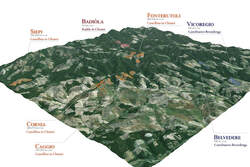 The Mazzei family dates back to the 11th century. They originally came from Florence where they made a living as coopers and artisans. The first documented reference to Chianti as a production region dates back to 1398 between Ser Lapo Mazzei, a notary and connoisseur of wine, and Francesco Datini, a merchant from Prato. In this document, authored by Ser Lapo Mazzei, he paid for six barrels of wine from Chianti. In 1435, Ser Lapo Mazzei’s granddaughter, Madonna Smeralda Mazzei, married Piero di Agnolo da Fonterutoli, and Castello di Fonterutoli became part of the Mazzei family’s estate. For the past 24 generations, the Mazzei family has been producing wines at Castello di Fonterutoli. The Sangiovese grape is the most planted grape variety in Italy, and Tuscany’s largest and best-known Sangiovese-dominant wine region is Chianti. Depending on where the grapes are grown, with climate and soil being a factor, Sangiovese can deliver a wine that is fruit-forward with bright acidity and high tannins or lean towards earthy with herbal notes. It runs the gamut of descriptions, but one of Sangiovese’s trademarks is its dark cherry flavor. Last month I attended a virtual tasting with Giovanni Mazzei who represents the 25th generation of this family-owned winery. He is the export director for Mazzei and the eldest son of Fillippo Mazzei who is one of the managing directors of the estate. Beginning with the 2017 harvest, the Mazzei family introduced a different perspective to express the biodiversity of their Sangiovese-based range of wines. Giovanni guided us through a tasting of the estate’s three Chianti Classico Gran Selezione wines from three different terroirs, with each wine exhibiting its own unique character. In addition, Giovanni shared a soon-to-be-released bottle of Siepi Toscana IGT 2018. Giovanni said, “For the last 50 years, we have been dedicated to research to better understand Sangiovese evolution. We have an articulated estate with so many differences from one location to another. The vineyards range from two meters above sea level to almost 600 meters with different terrain and different climates. You can’t have just one solution for everything. It is a massive puzzle! There is beautiful diversity in this region, with each district exhibiting its own characteristics. Our aim is to reflect the viticulture of the region.” As of 2014, Gran Selezione is a new classification above Riserva for Chianti Classico DOCG. A minimum of 80% Sangiovese estate-grown grapes is required. Grapes must be harvested only from the winery’s own vineyards along with upgraded requirements for alcohol, extract, and a minimum aging of 30 months. Giovanni said, “At the end of the day, the rules aren’t really making the wine. It is the winemakers and how they envision the wine and how it is expressed. Gran Selezione is the best of the best. The quality is phenomenal. Only 6% of Chianti Classico DOCG production has qualified so far for the Gran Selezione level. It is a game-changer!” All vineyard cultivation is entirely manual, including the grape harvest. Badiòla Chianti Classico Gran Selezione DOCG 2017 100% Sangiovese grapes were harvested from the estate’s highest altitude vineyards of 570 meters in the Chianti municipality of Radda. Soil is mainly a mix of Galestro (local lime marl) and sandstone. The average vine age is 16 years. The vines benefit from ventilating winds with lower temperatures than any other estate vineyard. The wine goes through natural fermentation, with no yeast added. It is aged for 24 months in French oak barrels from Burgundy (30% new) and then ages further in the bottle. This is a fresh and elegant wine with lovely aromas of fresh berries, cherry, and spice. The palate offers red fruit, cherry, plum, spice, chalk, and silky tannins. The wine is well integrated with a long finish of sour cherry, spice, and a hint of cocoa. Giovanni said, “I’m a big fan of this wine. It has complexity with austere character, typical from Radda.” Alcohol: 13.5% SRP: $99 Castello Fonterutoli Chianti Classico Gran Selezione DOCG 2017 This is the estate’s flagship wine made from a selection of 11 of the best vineyard plots surrounding the Fonterutoli hamlet in the Chianti municipality of Castellina. The age of vines is between 25 to 30 years. The altitude is 470 meters above sea level with rocky limestone, chalk, and rich skeleton texture. The wine was first produced in 1995 and is a forerunner for Gran Selezione. The 2017 vintage is the first vintage to use 100% Sangiovese. Each plot is individually vinified, and the wine is then aged in Burgundy and Bordeaux barrels for 25 months and then six months in concrete tanks before bottling. This is a wine with structure and elegance. Delicious aromas of wild berries, violet, lavender, cherry, and earth lead the way for an explosion of flavors on the palate. Cherry, dark fruit, vanilla, licorice, spice, and minerality blend with silky tannins. This wine is rich and crisp. Giovanni says, “It is an energetic wine. The juice gives a sense of purity. It is a pure Sangiovese”. Alcohol: 13.5% SRP: $74 Vicoregio 36 Chianti Classico Gran Selezione DOCG 2017 This wine is a blend of 36 different Sangiovese biotypes derived from fifty years of research. The biotypes are planted in a single vineyard at 350 meters above sea level on a sunny plateau of Castelnuovo Berardenga. Soil is clay-rich limestone and fossil matter. Thirty-six individual vinifications take place in French oak barrels, and then the wine is aged for 18 months in French oak barrels (50% new). This is followed by several months in concrete tanks. Seductive aromas of cherries, spice, and floral envelops the nose. The palate is layered with rich and expressive flavors of dark cherry, dark fruit, lavender, spice, herbs, pepper, and earth. Chewy tannins, with lingering spice and dark cherry, add to a long and delicious finish. This is a vibrant and complex wine. Giovanni says, “This wine is the heart beating from Vicoregio.” Alcohol: 13.5% SRP: $99 Siepi Toscana IGT 2018 There is an interesting story attached to this wine. The first vintage was in 1992. It is a 50/50 blend of Sangiovese and Merlot. According to Giovanni, the family fought over how to produce this wine. The older generation wanted it made with mostly Sangiovese, and the younger generation wanted it made with 100% Merlot. A compromise was made, and a 50/50 blend was produced. The grapes are sourced from 10 to 35- year-old vines in the Siepi vineyard that has belonged to the Mazzei family since 1435. The Mazzei family was one of the first producers to plant Merlot in Chianti Classico. Each variety goes through a gentle vinification. 70% of the wines are aged in new French barriques (Merlot: 18 months, Sangiovese: 16 months), and then they are blended and aged an additional four months in steel tanks. The wine is bottle-aged for four months before release. This wine opens with aromas of dark fruit, cherries, berries ,and subtle notes of spice, cocoa, and herbs. The palate is an infusion of delightful layers of dark cherry, dark berries, spice, hints of plum, vanilla, and toast. Silky tannins add to this rich and complex wine. Giovanni says, “This wine is very approachable and has great drinkability.” Alcohol: 14.5% SRP: $130 Although I was thousands of miles away from Tuscany, it was exciting to take a virtual trip through all of the vineyards with Giovanni. The character and uniqueness of each municipality were beautifully captured in each bottle of wine. For a brief moment in time, my palate enjoyed “traversing through the terroirs of Castello di Fonterutoli”. Until next time…
Cheers! Penina To leave a comment or if you have an inquiry, please contact me at [email protected] Napa Valley might be one of the smallest winegrowing regions in the world, but it is renowned for its vineyards, wineries, and of course, wine! The Napa Valley AVA (American Viticultural Area) became California’s first American AVA in 1981. There are approximately 46,000 vineyard acres and over 400 wineries spread across 16 AVA appellations. Napa Valley AVA is only 30 miles long and five miles across at its widest point. Although this is a dry Mediterranean climate, within the appellations and its sub-appellations there are diverse microclimates and terrain that contribute to the grapes distinct characteristics. There are more than 34 grape varieties grown here with Cabernet Sauvignon being the most planted and Chardonnay the second. Tony Coltrin is the winemaker for Oberon Wines, which is part of the Michael Mondavi Family portfolio. Tony was born in St. Helena and is a lifelong resident of Napa Valley. Earning his oenology degree at UC Davis, he has worked in the wine industry for over 45 years. He began his career with Robert Mondavi Winery. In fact, Tony is noted for his winemaking efforts on the first vintages of Opus One as well as Robert Mondavi’s Fume Blanc. I love this quote from the Oberon website. Tony says, “Being a winemaker is not something I do every day; being a winemaker is who I am every day.” Having the advantage of being a lifelong resident, Tony knows every expression of the valley and specifically which sub-zones produce Bordeaux grapes that are exceptional. His lifelong relationships with growers throughout Napa Valley are the very essence of Oberon’s quality and consistency. Tony selects top quality fruit year after year from the finest winegrowing regions throughout Napa. I received four Oberon wine samples representing Napa Valley and Tony’s gift for winemaking. All the wines are cellared and bottled by The Michael Mondavi Family, Napa, CA. Sauvignon Blanc Napa Valley 2019 This is a blend of 75.6% Sauvignon Blanc and 24.4% Sauvignon Musqué. The grapes are sourced from the warm Pope Valley and cool Carneros appellations. Both cold tank fermentation and 13% barrel fermentation are used to maximize the overall fruit expression. “The cold-fermentation in-tank helps us maintain the pureness of fruit and aromatics, and barrel fermentation adds a subtle creaminess and length.” Floral, pear, melon and lemon aromas open to a palate of pear, honeydew, green apple, a hint of herbs and crisp acidity. The oak fermentation adds depth and richness along with a touch of creaminess. Enjoy as an aperitif or pair with seafood, grilled white meat, veggies and pasta salads. Alcohol: 13.7% SRP: $19 Chardonnay Los Carneros 2018 This is a blend of 99.7% Chardonnay and 0.3% Muscat. The grapes are sourced from cool, breezy, sun-drenched, western facing slopes of Los Carneros. After barrel fermentation the wine is aged in 33% new French oak for seven months. A bouquet of white flowers, pear and honey lead to a rich palate of pear, honeysuckle and apples with vanilla and caramel lingering on the finish. Fresh acidity and balanced fruit add to the expression of this wine. Enjoy as an aperitif or serve with fish, light pasta, grilled veggies, or Mediterranean fare. Alcohol: 13.7% SRP: $22 Merlot Napa Valley 2017 This is a blend of 87.7% Merlot, 10.9% Syrah and 1.4% Zinfandel. The grapes are sourced from the Oakville district. An extended maceration naturally softens the tannins and long fermentation in French oak barrels and 12 months of barrel aging. This wine has luscious dark fruit aromas that segue onto the palate with dark berries, plum, dark cherry and mocha. This is a well-structured wine with silky tannins and elegant notes. Pair with grilled meat, roasts, stews, or seared tuna. Alcohol: 13.9% SRP: $23 Cabernet Sauvignon Napa Valley 2018 This wine is a blend of 92.7% Cabernet Sauvignon and 7.3% other blending varietals. Grapes for this wine are sourced from Napa’s outstanding areas such as Rutherford, St. Helena, Oak Knoll, Yountville and Pope Valley. Taking the different expressions from each area and layering the fruit, Tony has created complexity and richness in this wine. It is aged for 13 months in 45% new French oak barrels. Lovely aromas of violet, lush dark fruit and a touch of baking spice set the stage for this elegant and expressive wine. The palate offers layers of dark berries, plum, black cherry, spice and a hint of anise. Dark cherry and bittersweet chocolate linger on a long finish. This is a well-structured wine with silky tannins and richness. Serve with grilled meat, hearty fish, pasta, or hard cheese.
Alcohol: 13.7% SRP: $25 These are complex and expressive wines and they can be enjoyed all year round. I know what I’m adding to my “pour list”. Until next time… Cheers! Penina To leave a comment or if you have an inquiry, please contact me at [email protected] Long before Israel became a state in 1948, Baron Edmond de Rothschild had his eye on the terroir of this Middle Eastern country that borders on the Mediterranean Sea. Although this area has a 5000-year history of winemaking, it didn’t become a “modern wine industry” until the 19th century. It was 1882 when the first Israeli settlers from Europe asked for Baron Rothschild’s help after encountering many problems in cultivating the land. They needed guidance due to their lack of expertise and unfamiliarity with the soil. The Baron known as the “Benevolent Provider” and owner of the famous Chateau Lafite Winery in Bordeaux sent representatives to Israel to assess the situation. Once there, they discovered that the climate and growing conditions in Israel were quite similar to that of Bordeaux and suggested planting wine vineyards. Acting on their advice French rootstocks were imported from Bordeaux to Israel in 1882, along with the Baron’s advisory committee to help the settlers. By 1889, with the Barons’ financial assistance and instructions, construction of a winery in Rishon Lezion in the Galilee region was almost completed and it eventually became Carmel’s first winery and head office. And by 1890 the first grapes were harvested. His second winery was built in Zikhron Ya’akov on Mount Carmel in 1892 and in 1895 Carmel Wine Co. was formed to export wines. In 1957 James Rothschild, son of the ” Benevolent Provider”, passed ownership of the winery to the Winegrowers Association. The Carmel winery continued to grow and in 2013 a private investors group acquired control of Carmel Winery. Not only is Carmel Winery the first winery in Israel, but it is also the largest wine producer here with four wineries and five wine collections. They have vineyards all over the country with the largest vineyards on the slopes of Mt. Carmel. Approximately 3,472 acres of vineyards extend from the Upper Galilee and the Golan Heights in the north to the Negev in the south. The majority of Carmel’s most recent vineyards are planted in the Upper Galilee region, which is the source for most of the finest wines produced by the Carmel Winery. I recently received three samples of Carmel Winery wines from their Private Collection. The Private Collection series consists of varietal and non-varietal high-quality wines from grapes that are grown in top vineyards throughout Israel. These wines are characterized by their fruit-forward styles and easy food pairing qualities. Carmel Cabernet Sauvignon 2018 is 100% Cabernet Sauvignon grapes that were harvested in the Galilee region. The wine is aged for eight months in French and American oak barrels. A lovely bouquet of berries, cherry, spice and chocolate pave the way for a juicy blend of blackberry, blueberry, plum, spice, licorice and chocolate. Vanilla and pepper round out a long finish. It is nicely balanced with silky tannins. Alcohol: 14% SRP: $15 Carmel Shiraz 2018 is 100% Shiraz grapes that were harvested in the Shomron, south of Galilee and a key wine region in Israel where Mount Carmel is. The wine is aged for eight months in French and American oak barrels. This is a very aromatic wine with notes of strawberry, spice, and hints of floral and earth. The palate is layered with blackberry, red raspberry, plum, cranberry spice, cloves and vanilla. Tannins are smooth and sweet spice lingers on a long finish. Alcohol: 13.5% SRP: $15 Carmel Winemakers Blend 2018 is a blend of 50% Cabernet Sauvignon and 50% Merlot. The grapes are harvested from the Galilee region and the wine is aged for eight months in French and American oak barrels. A bouquet of red fruit, spice and floral set the stage for a palate filled with black raspberry, plum, pomegranate, vanilla and spice. A nice blend of fruit and savory with mocha and tart black cherry are the grand finale on a long finish. Alcohol: 14% SRP: $15 All of the above wines are dry, refined and refreshing. Their easy-drinking style allows for pairing with a variety of dishes. And the price to value ratio is impressive. All Carmel Winery wines are certified OU Kosher.
Until next time… Cheers! Penina To leave a comment or if you have an inquiry, please contact me at [email protected] |
Categories
All
|

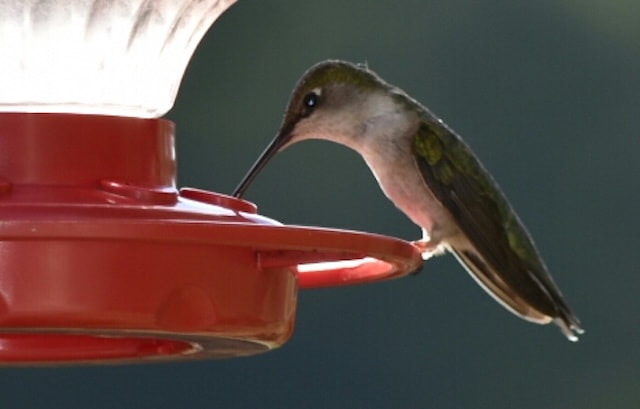
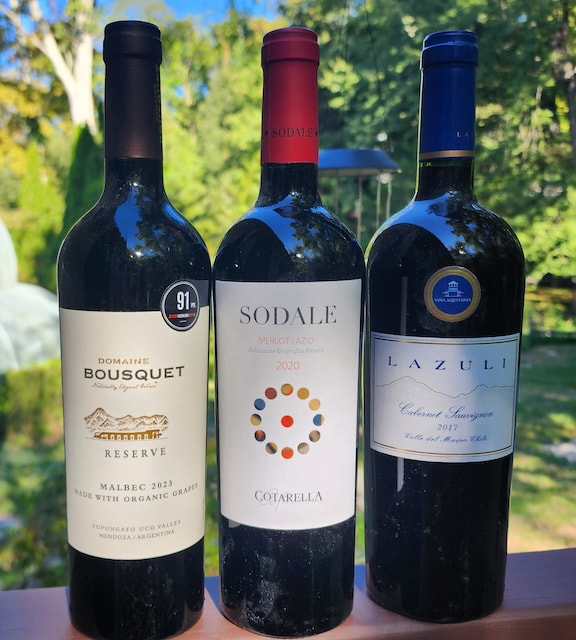
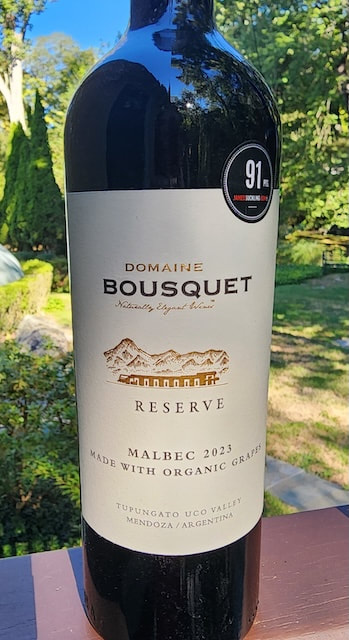
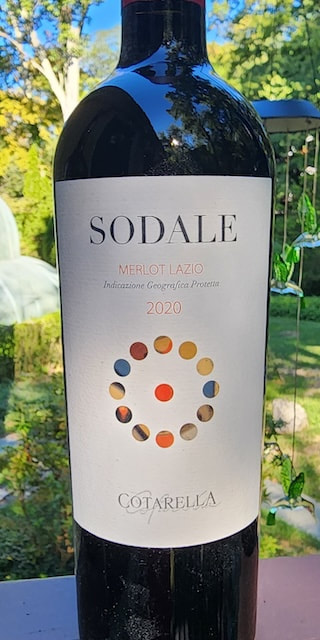
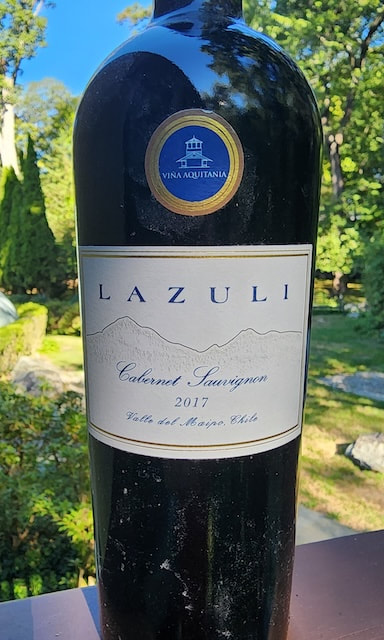
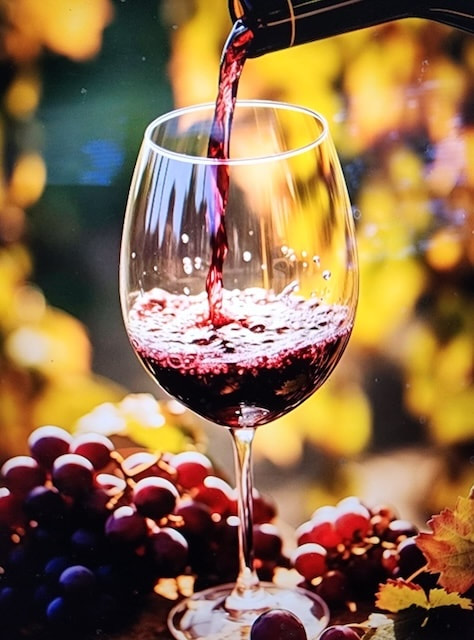
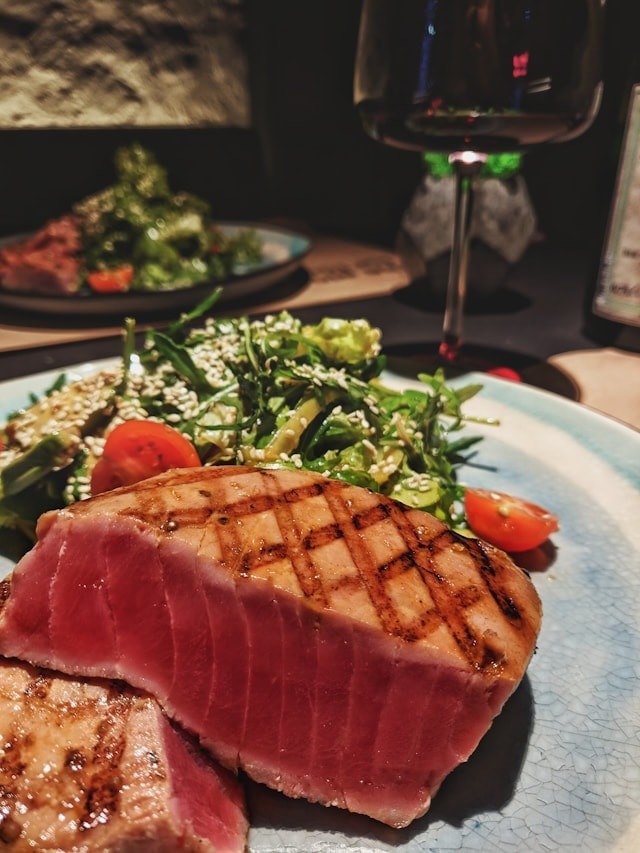
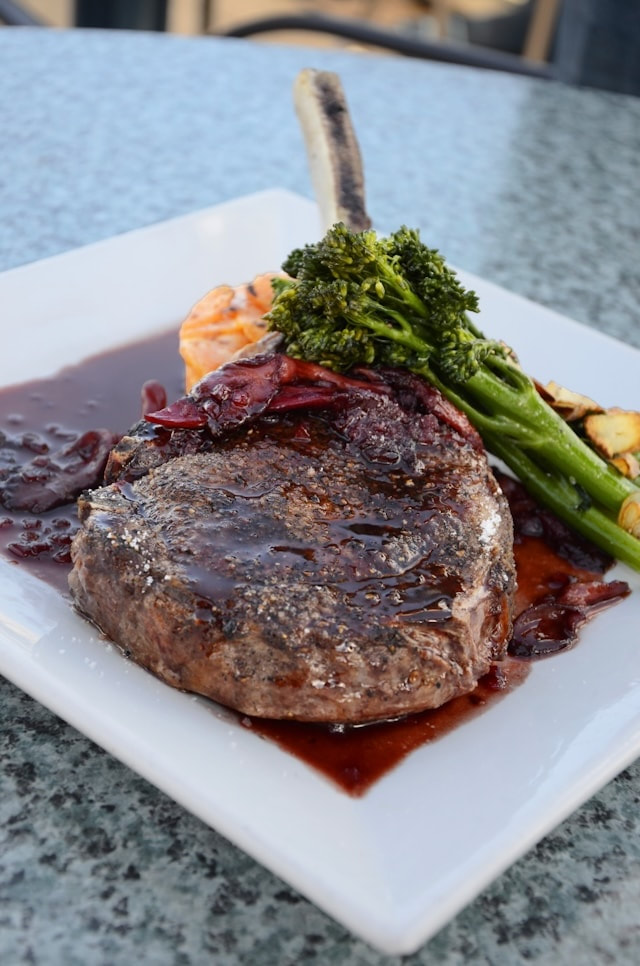
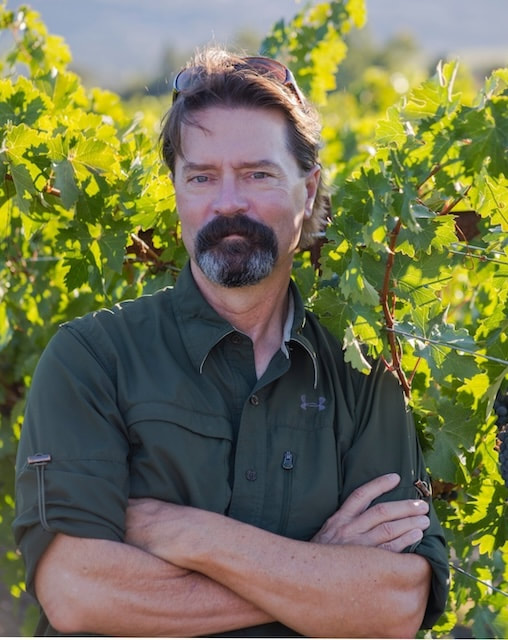
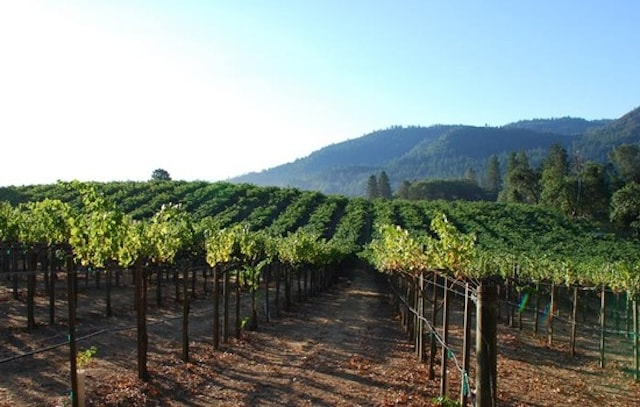
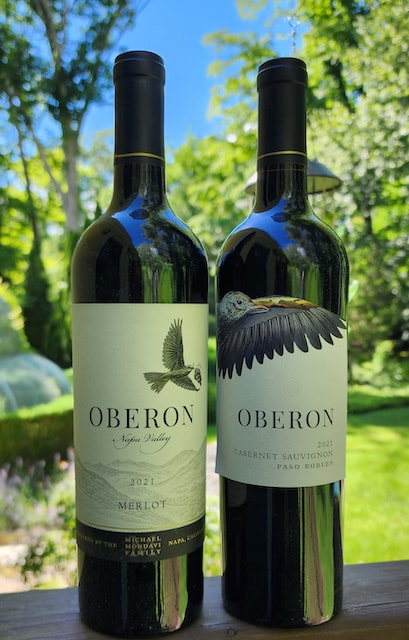
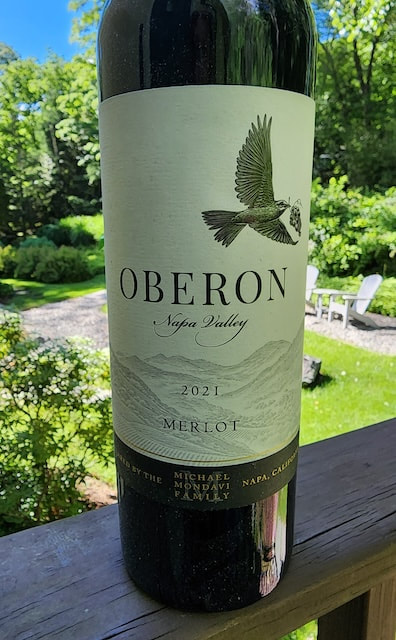
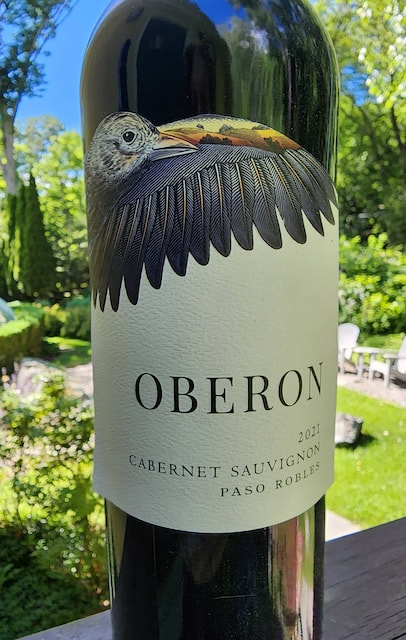
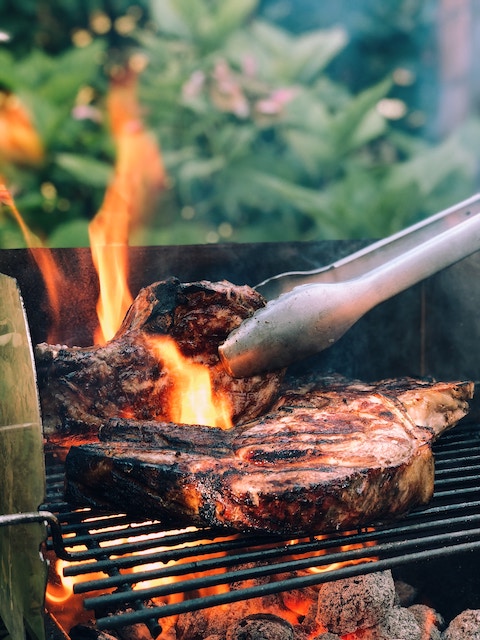
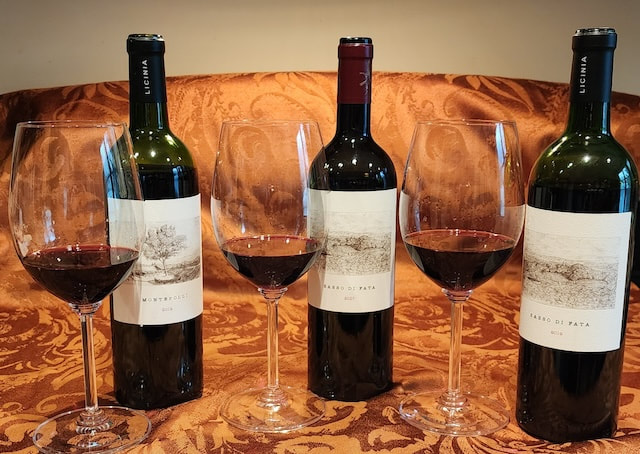
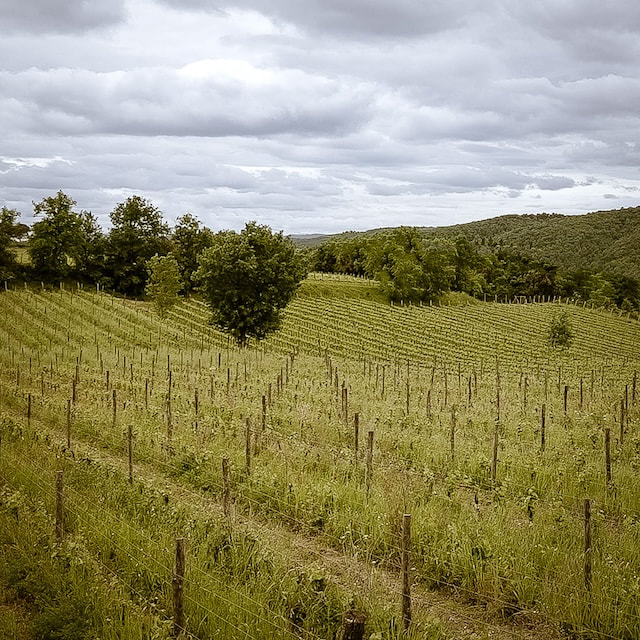

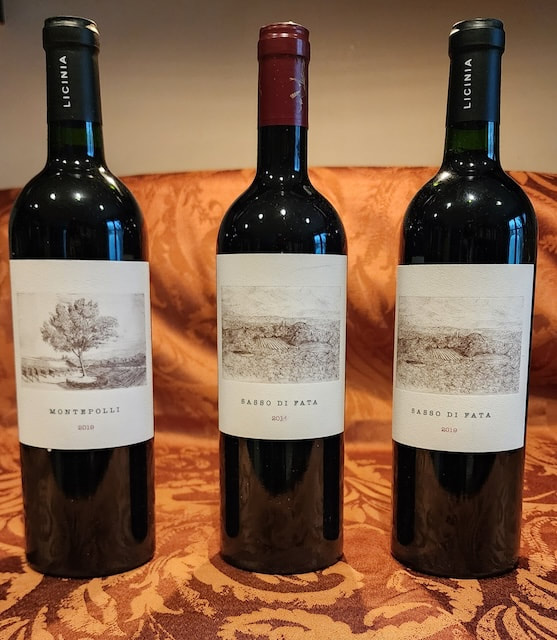
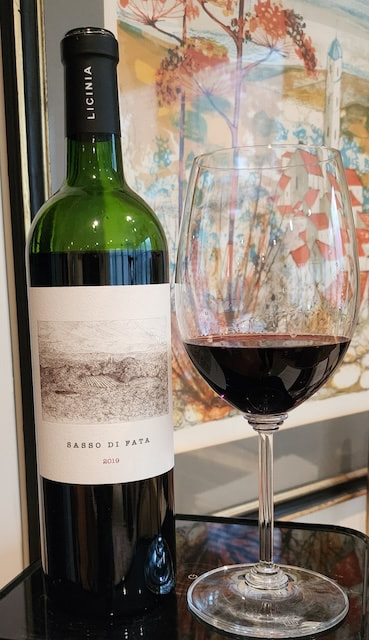
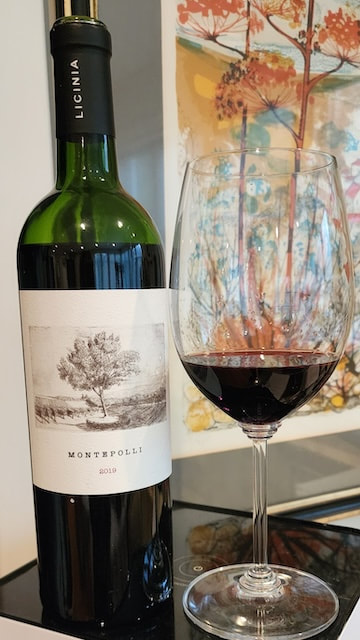
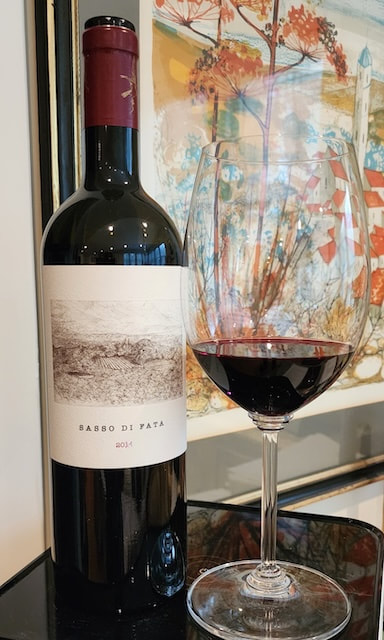
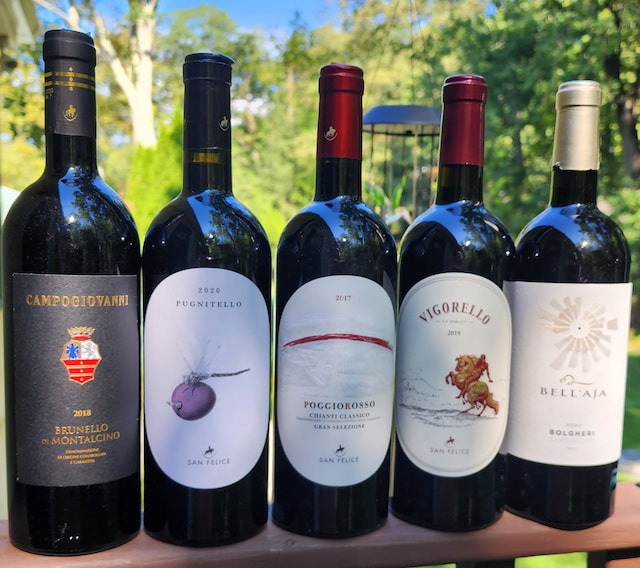

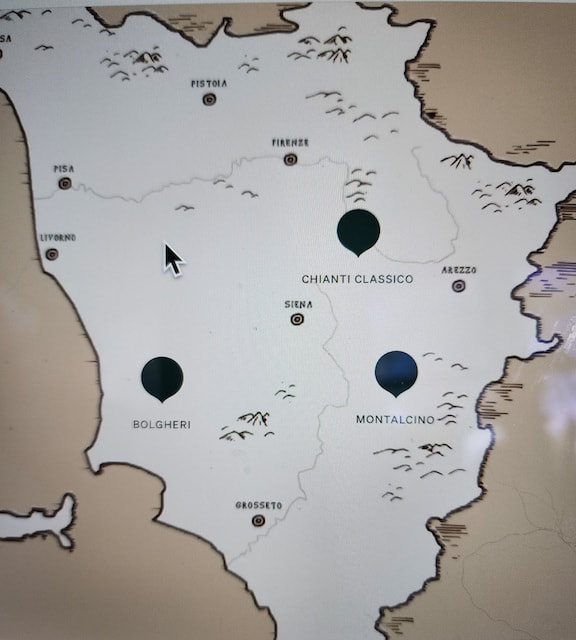
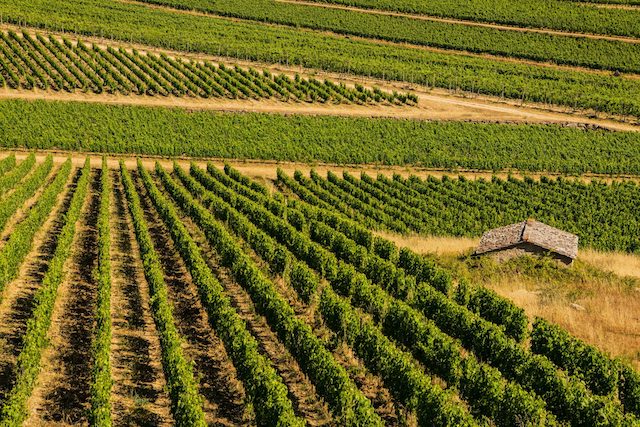
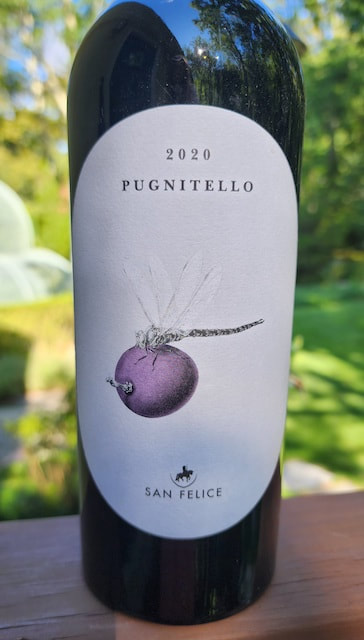
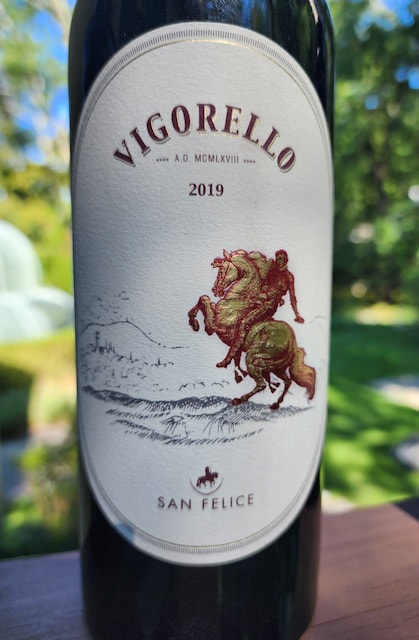
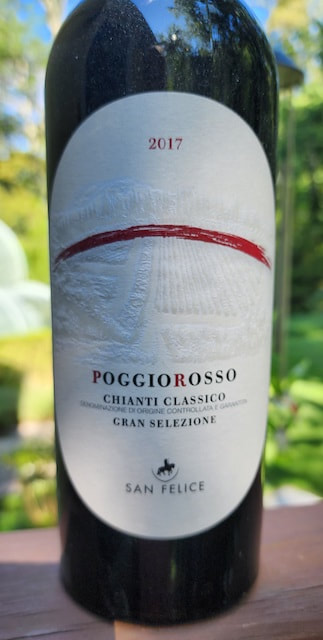
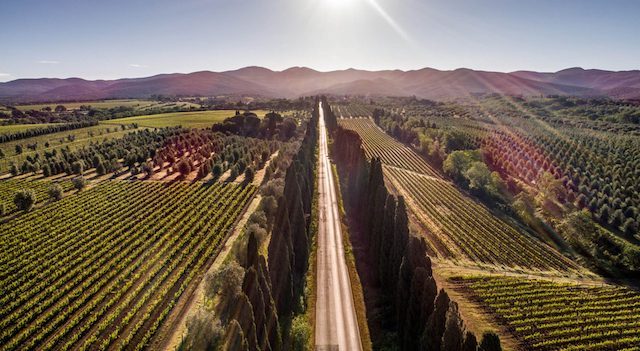
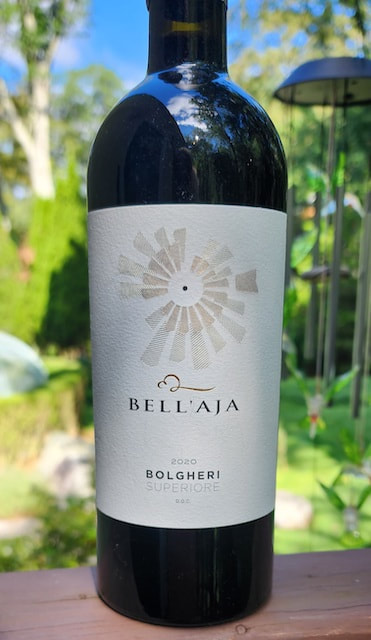
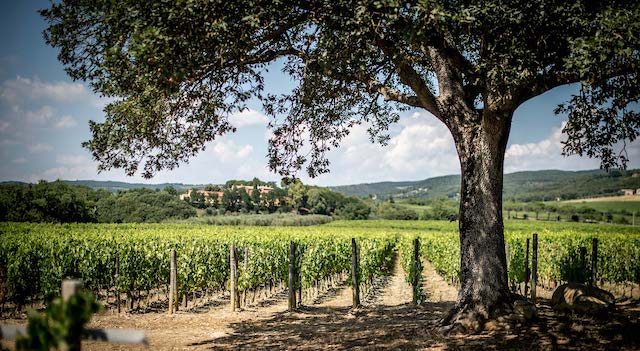
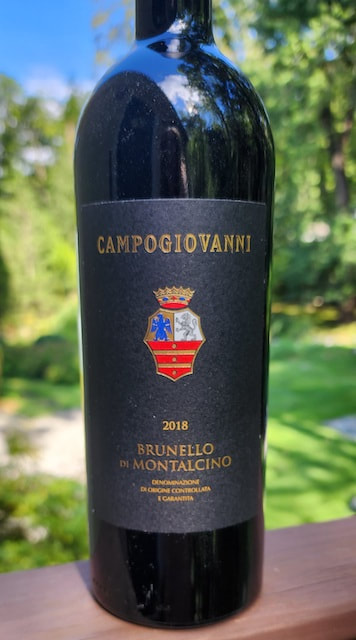
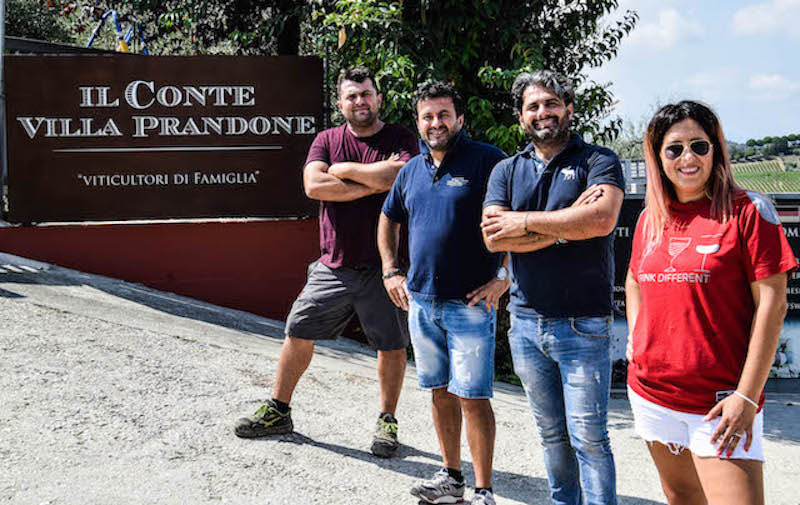
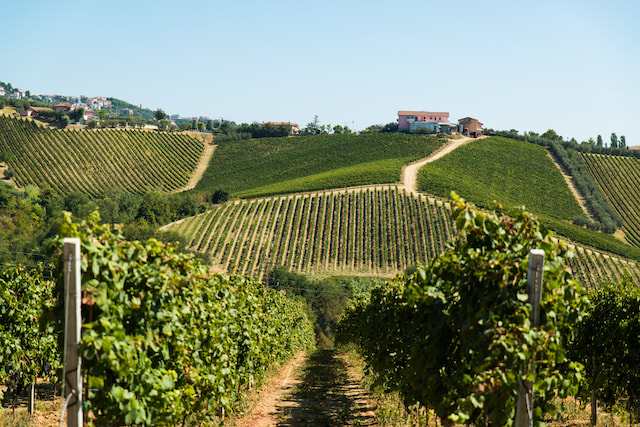
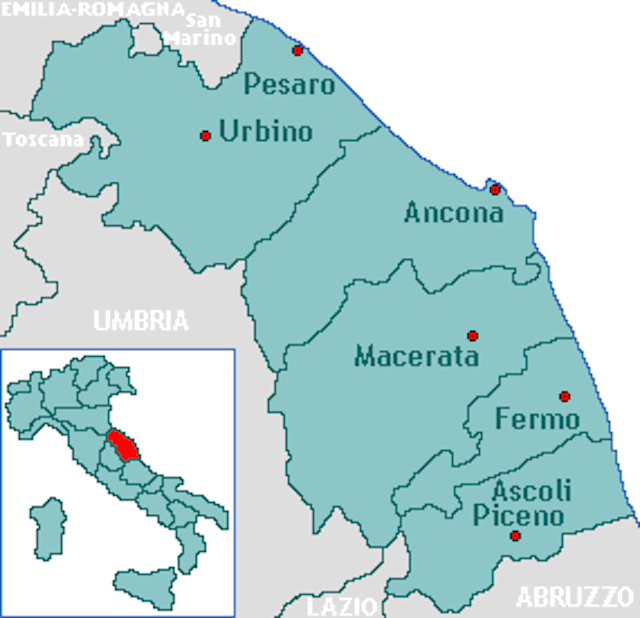
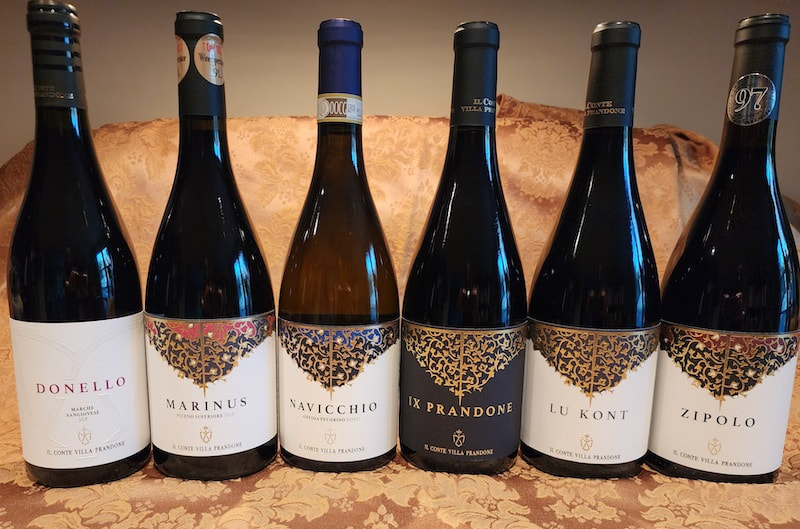
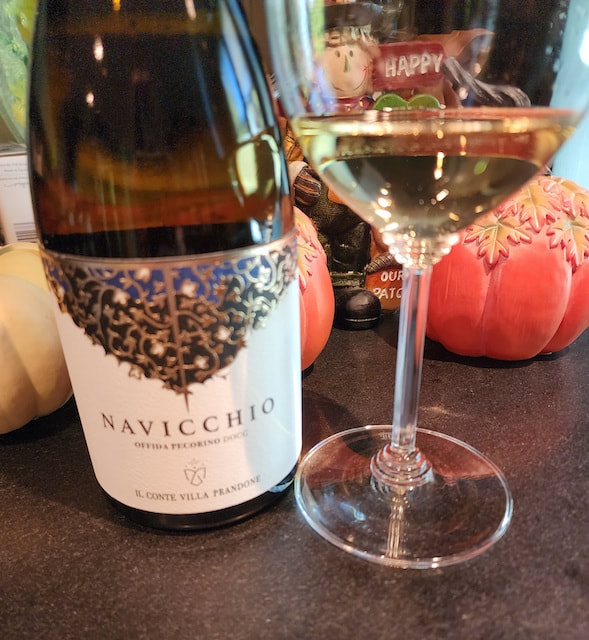
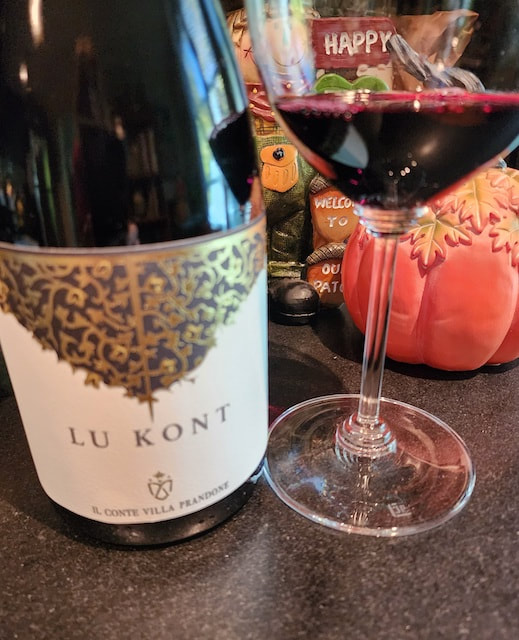
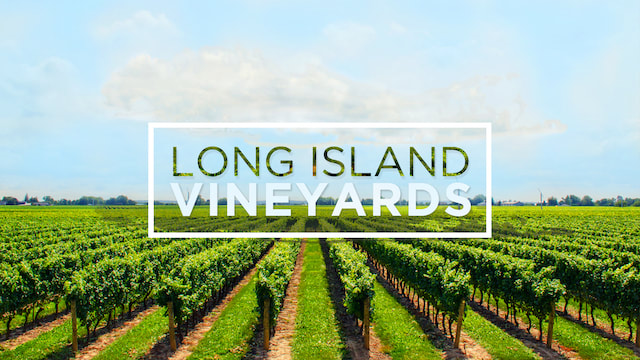
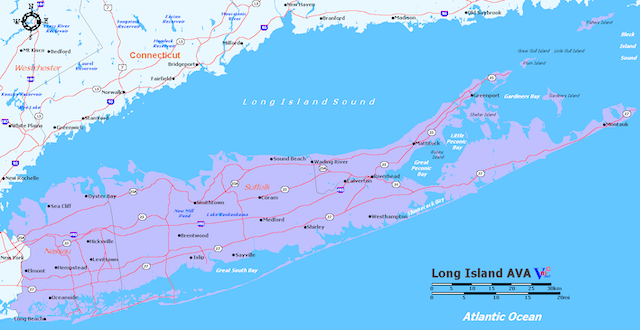
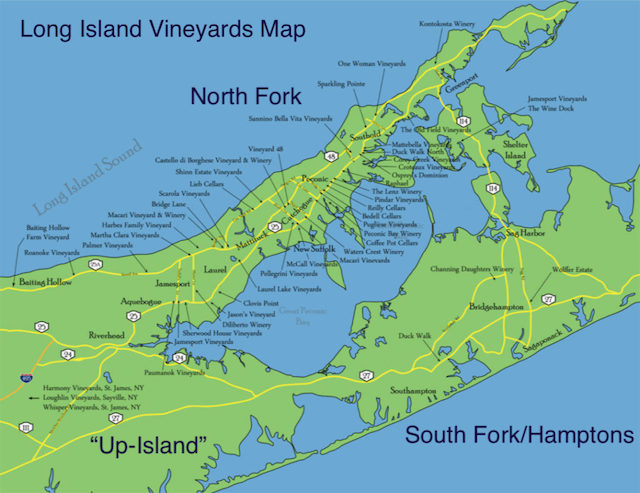
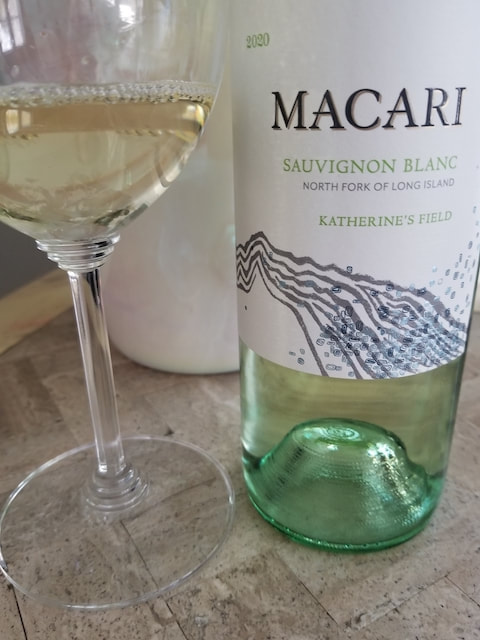
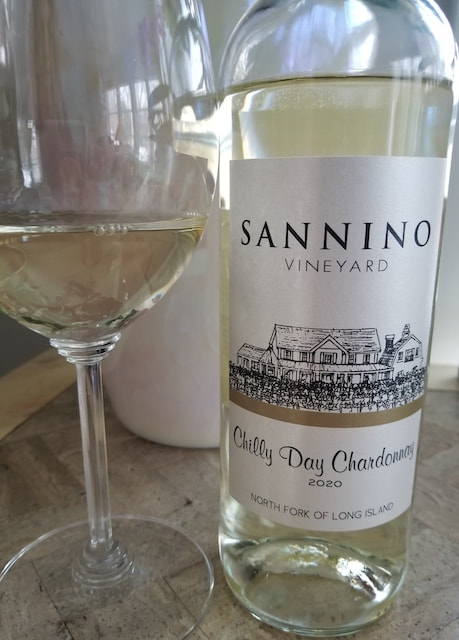
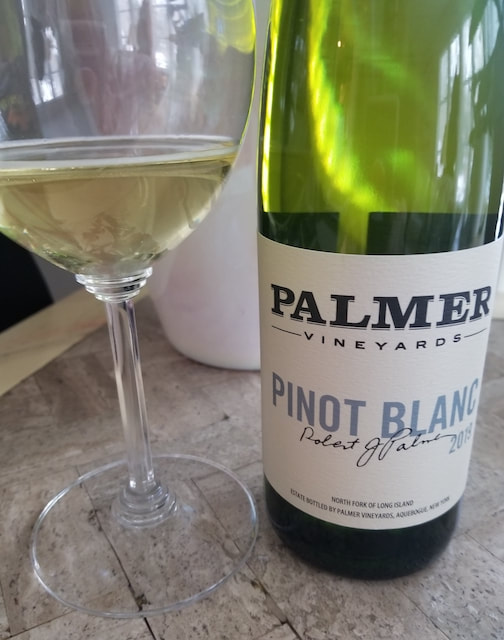
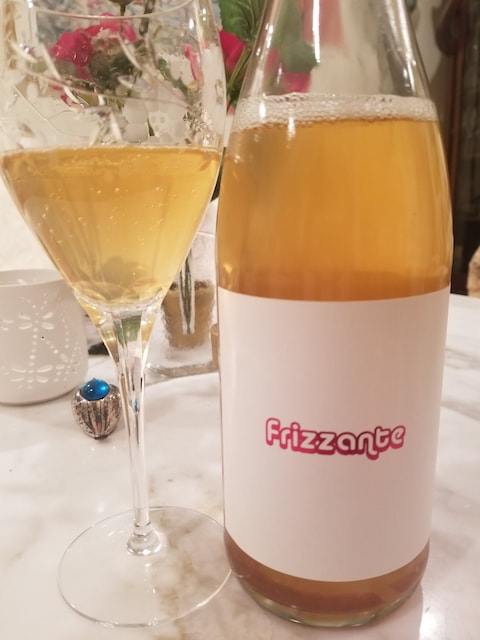
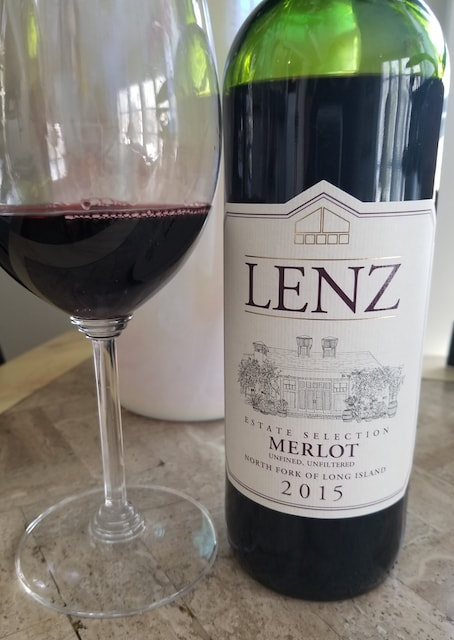
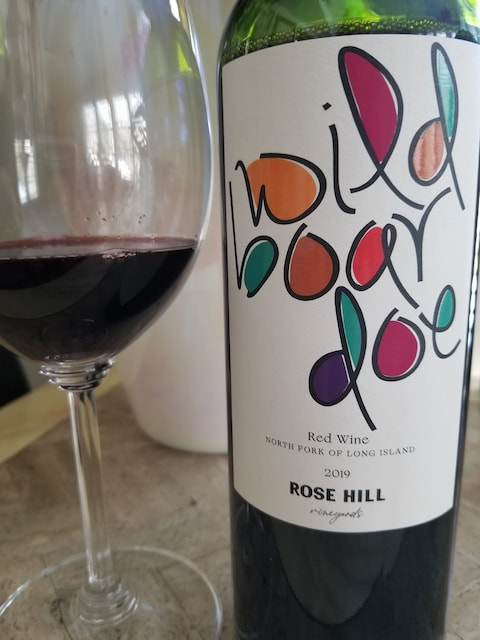
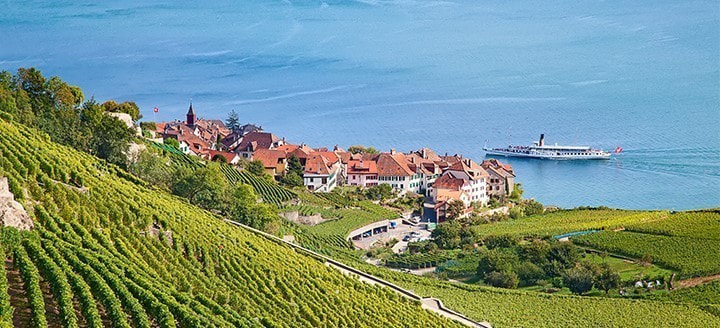
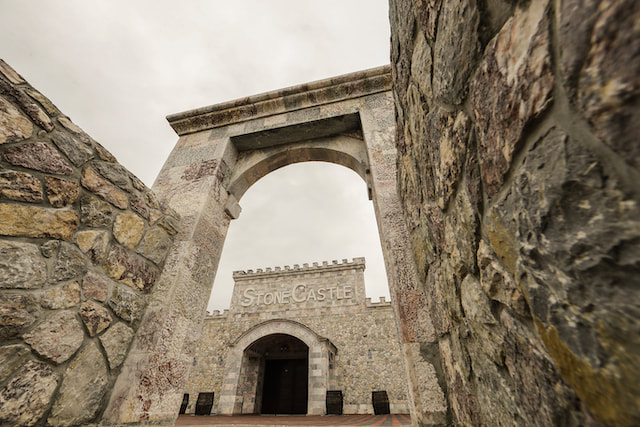
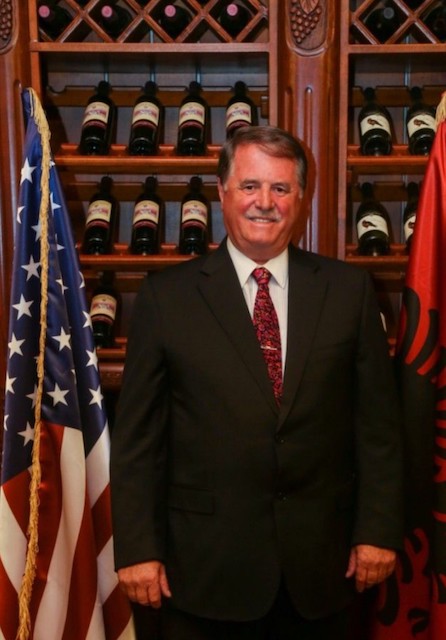
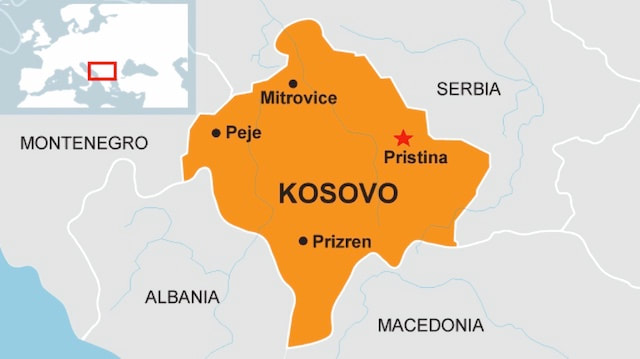
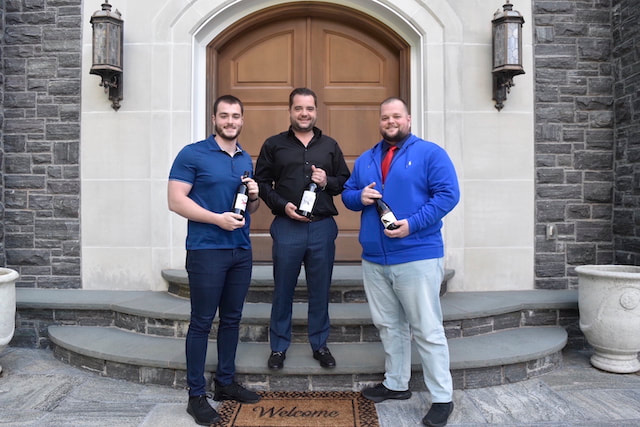
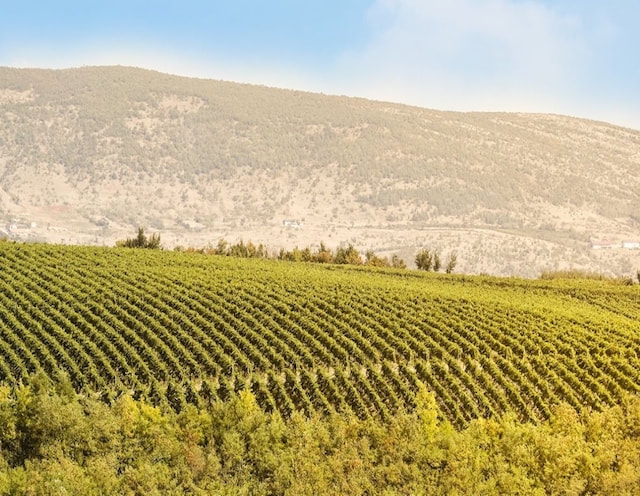
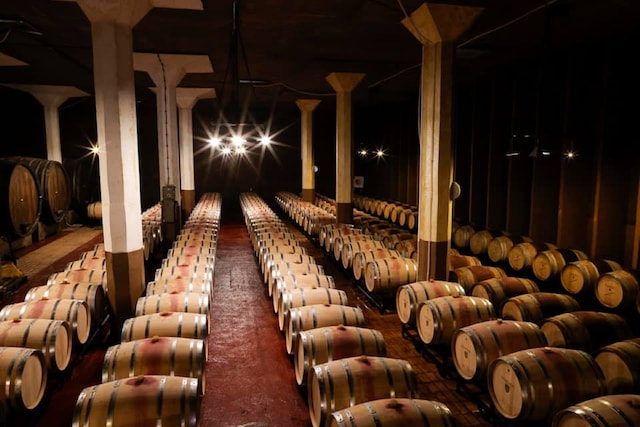
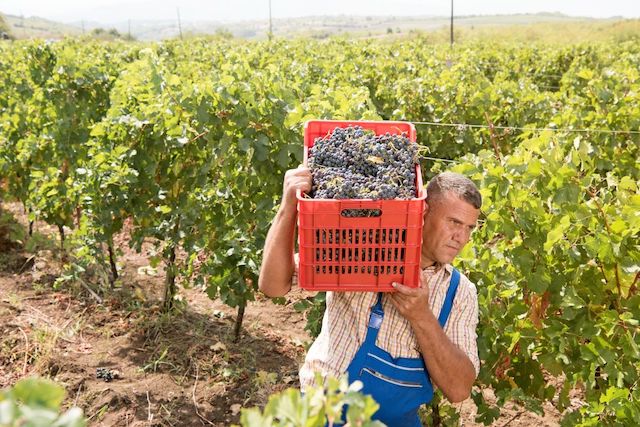
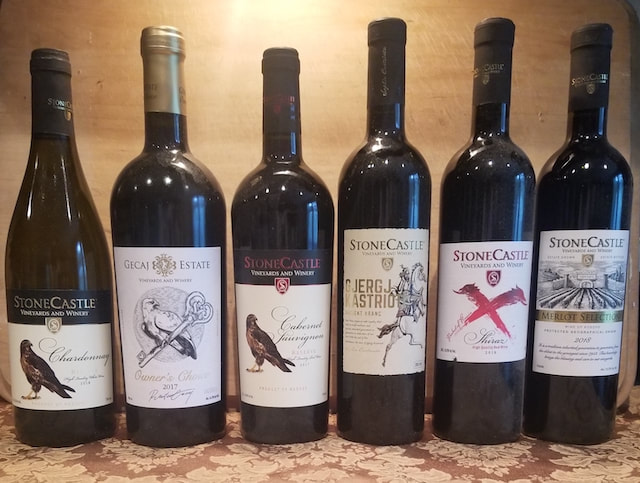
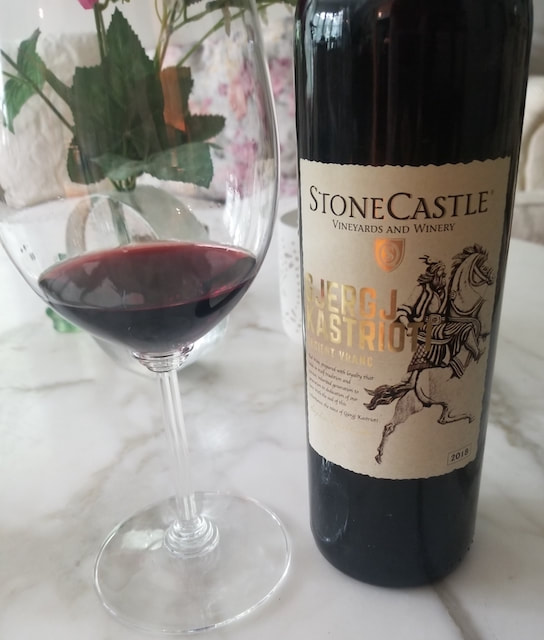
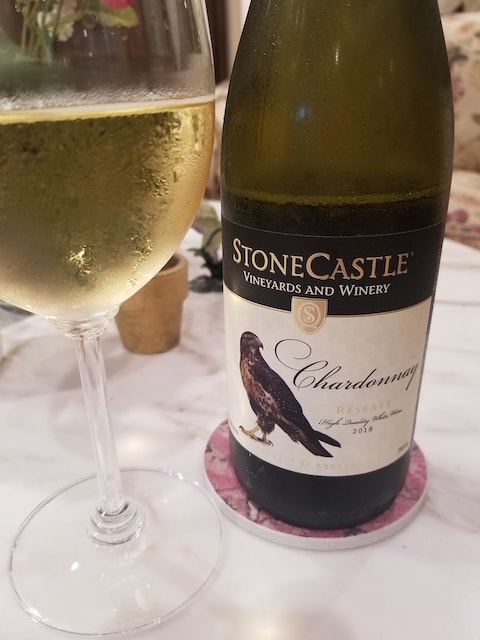
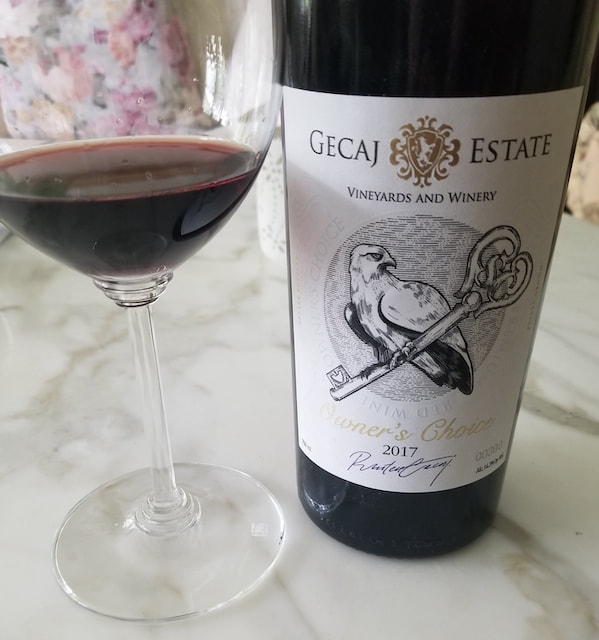
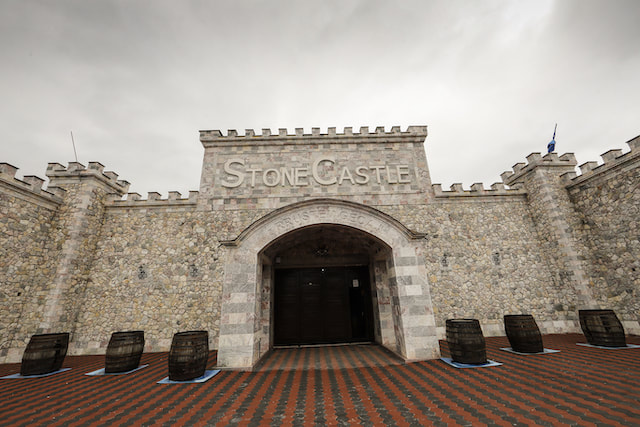
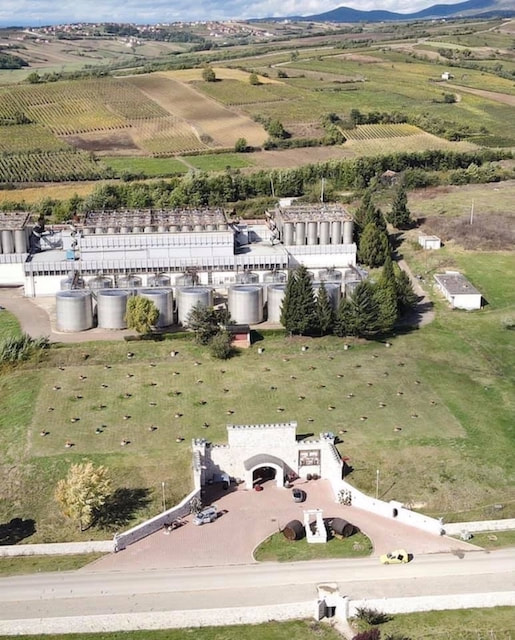
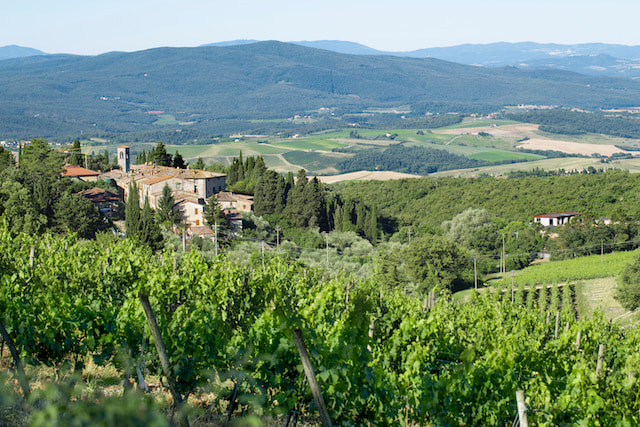
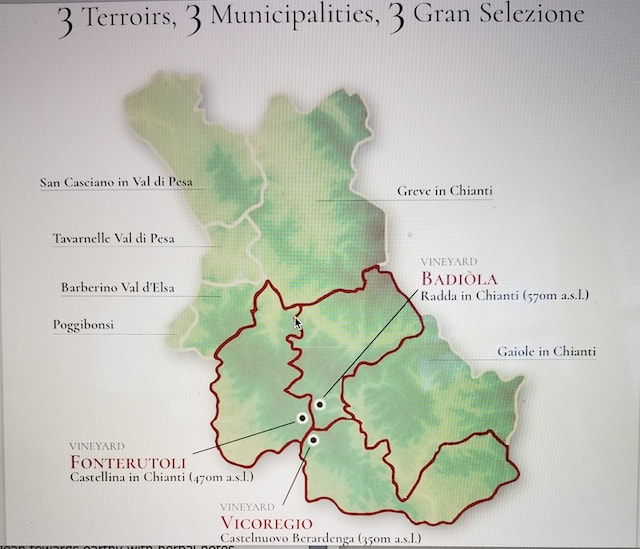
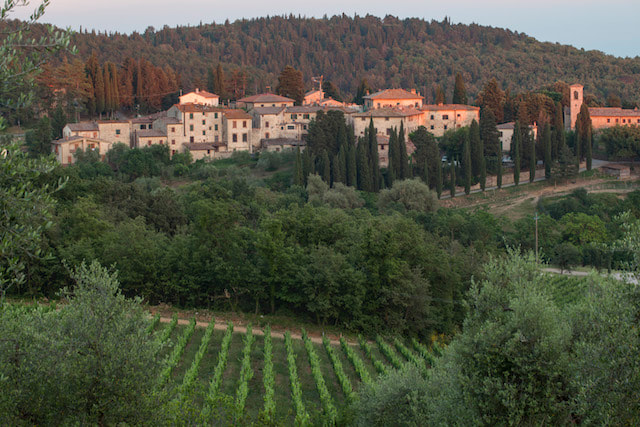
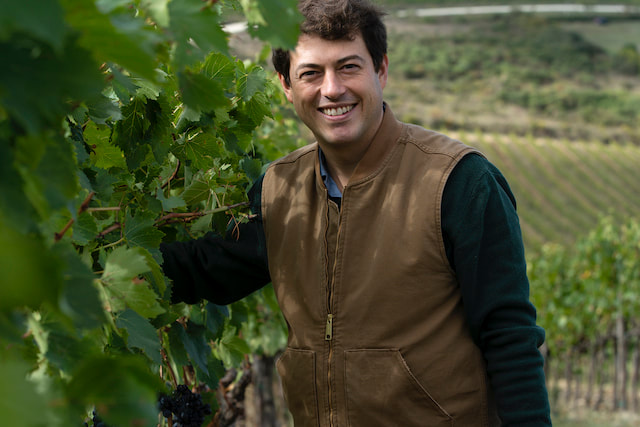
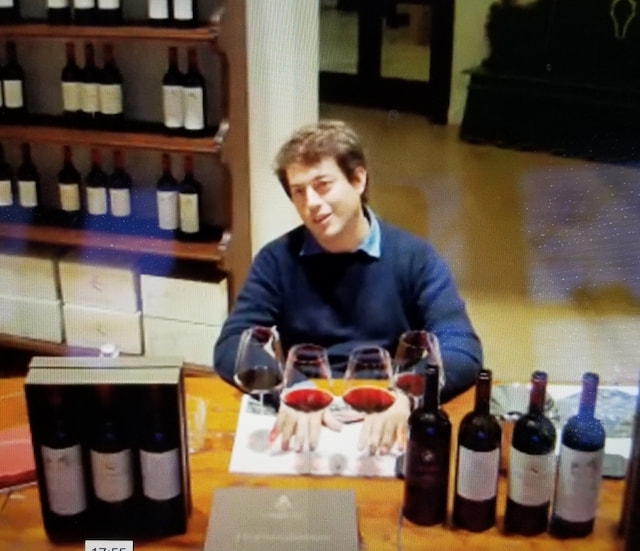
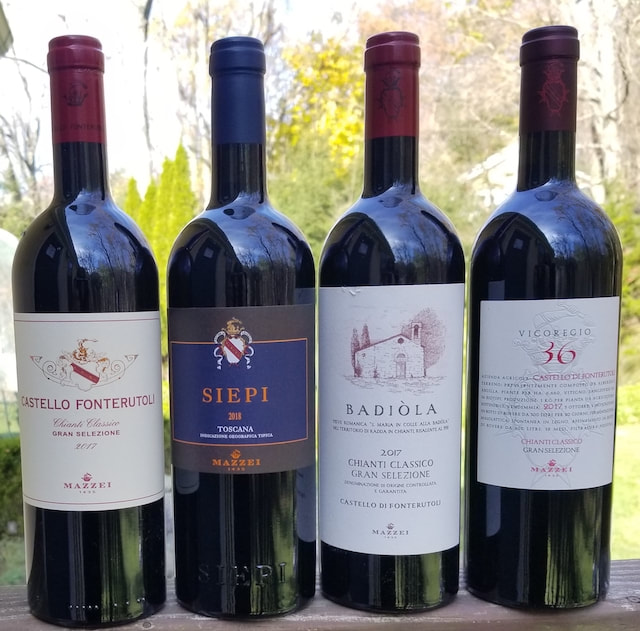
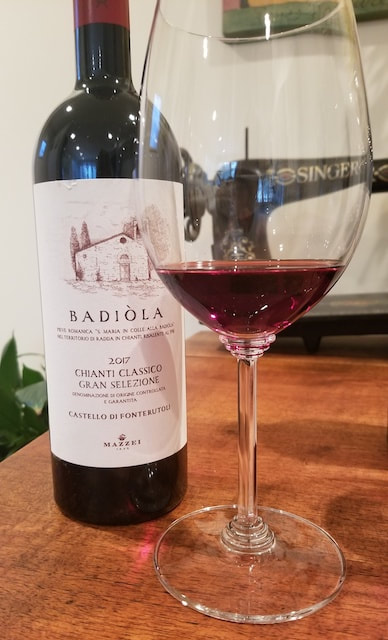
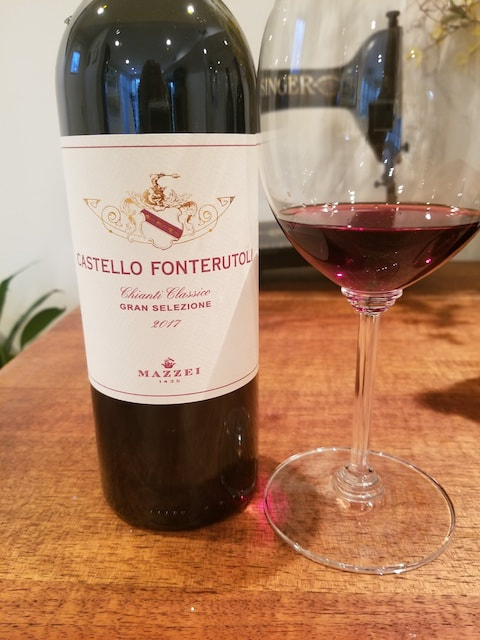
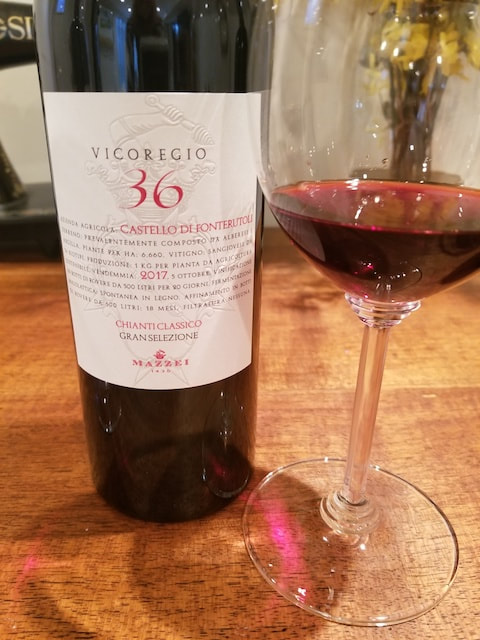
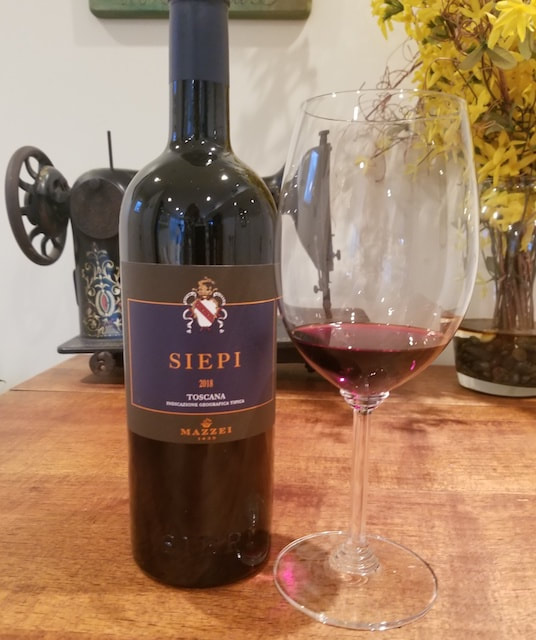

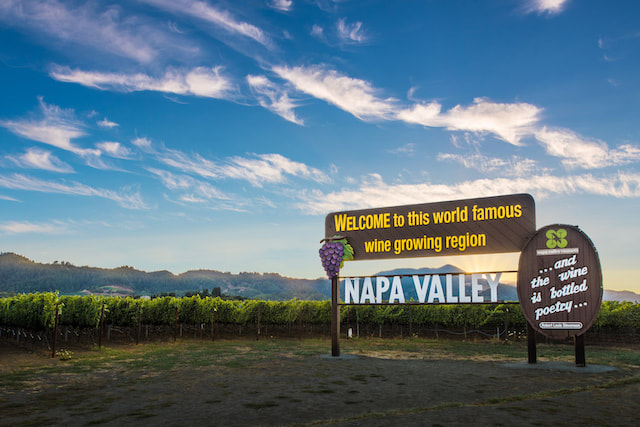
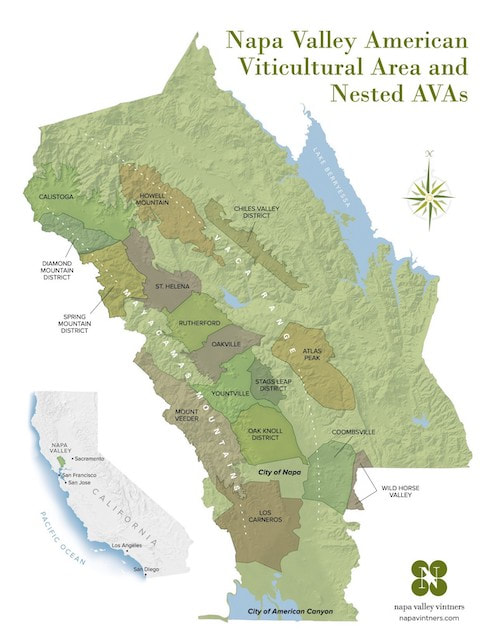
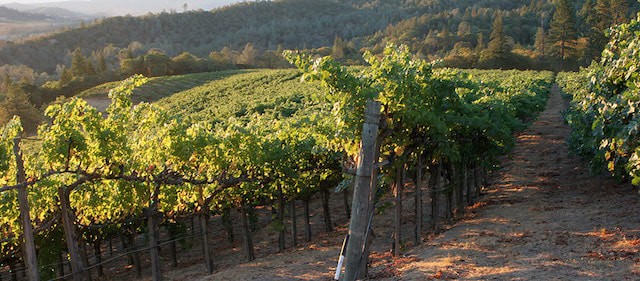
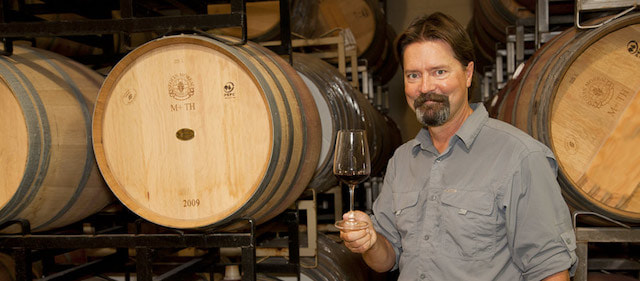
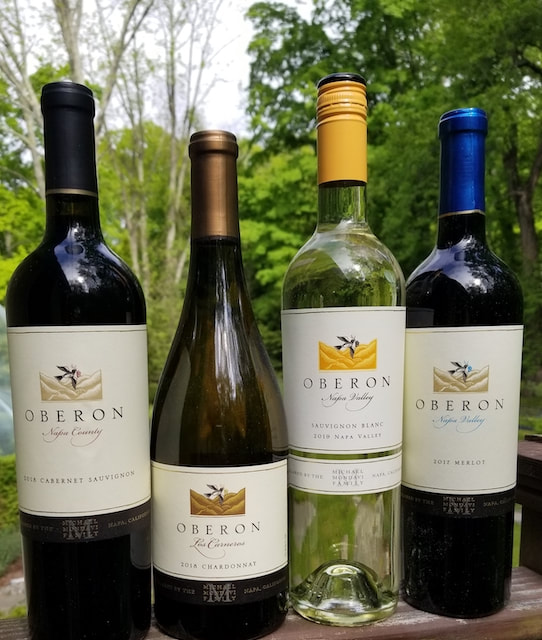
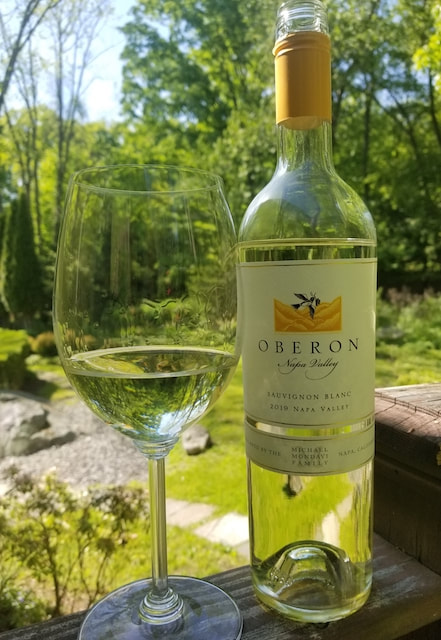
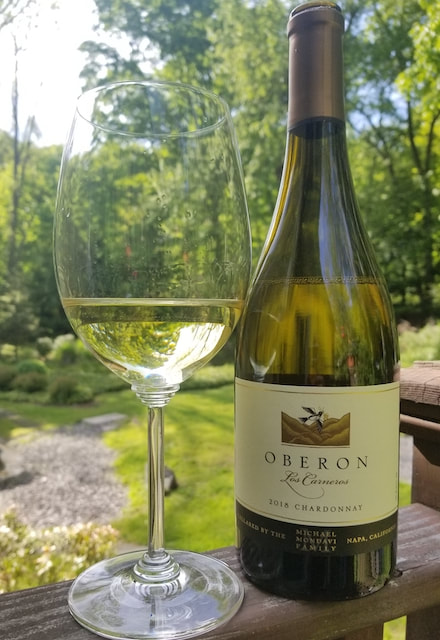
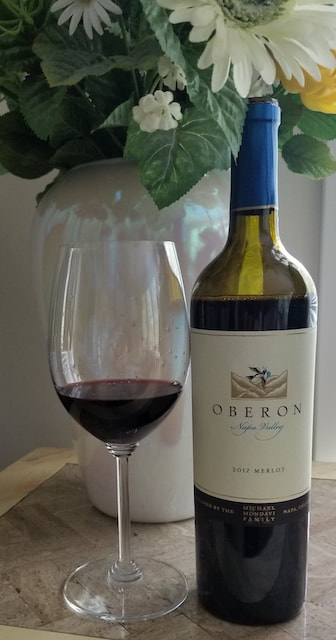
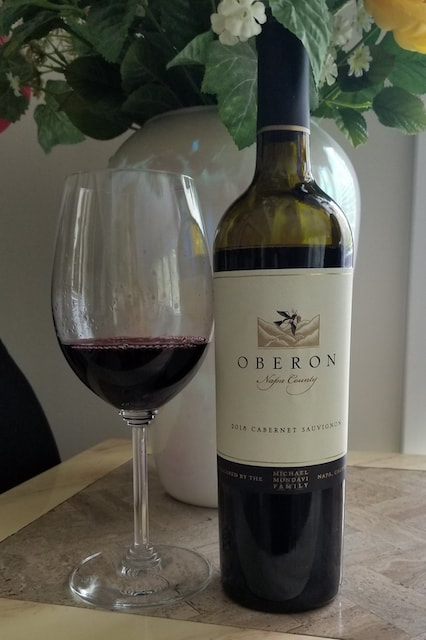
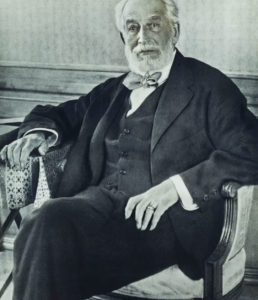
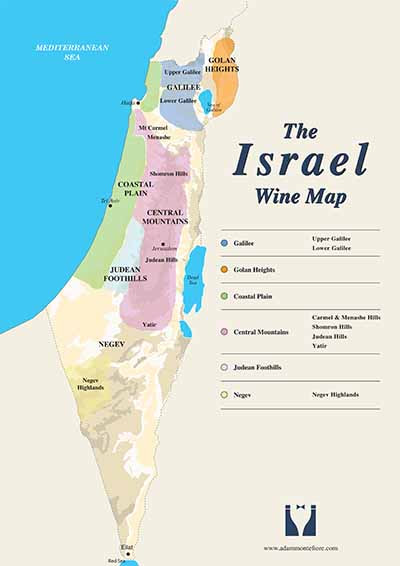
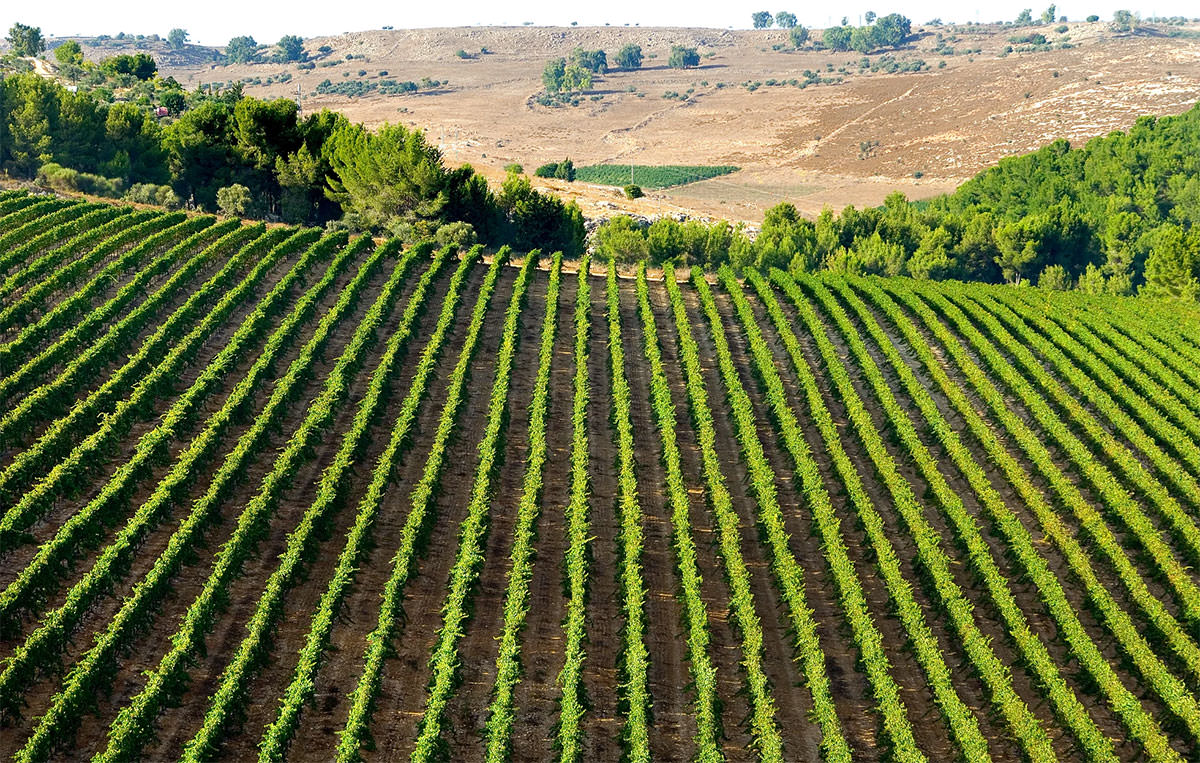
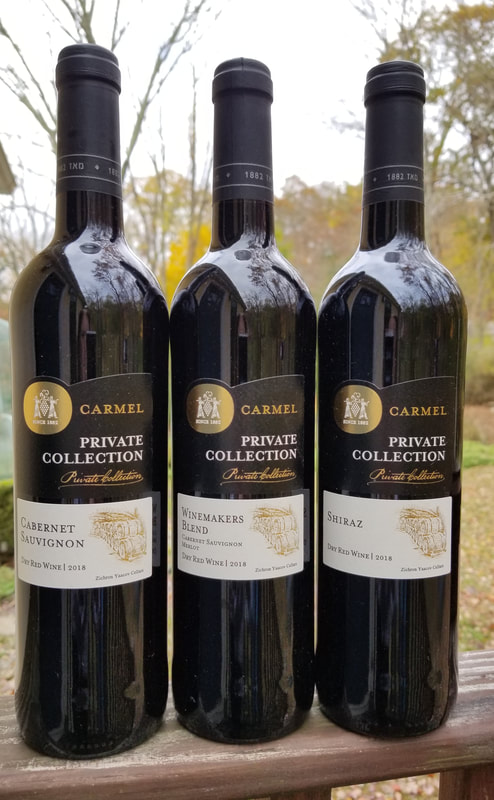
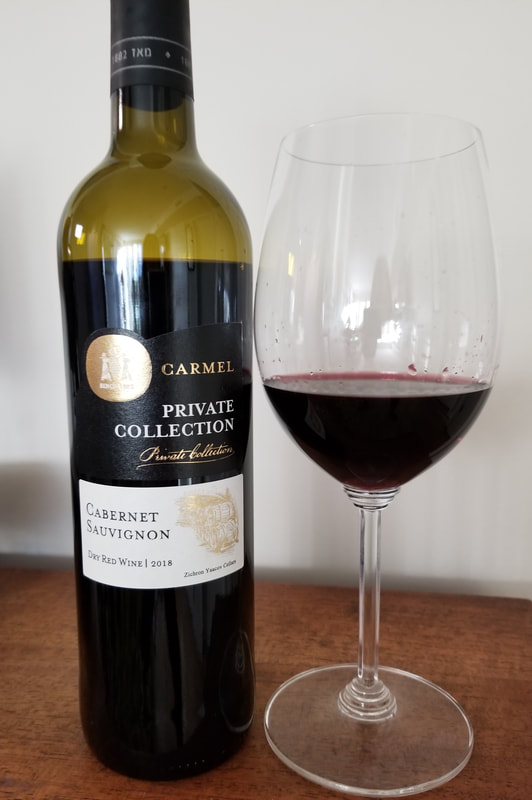
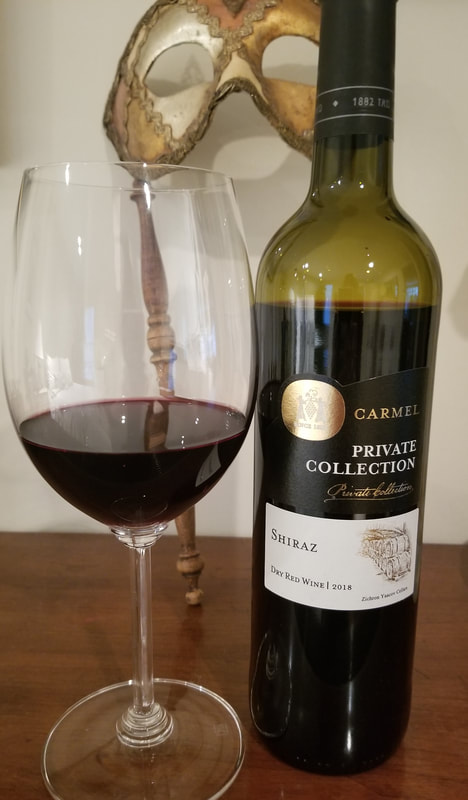
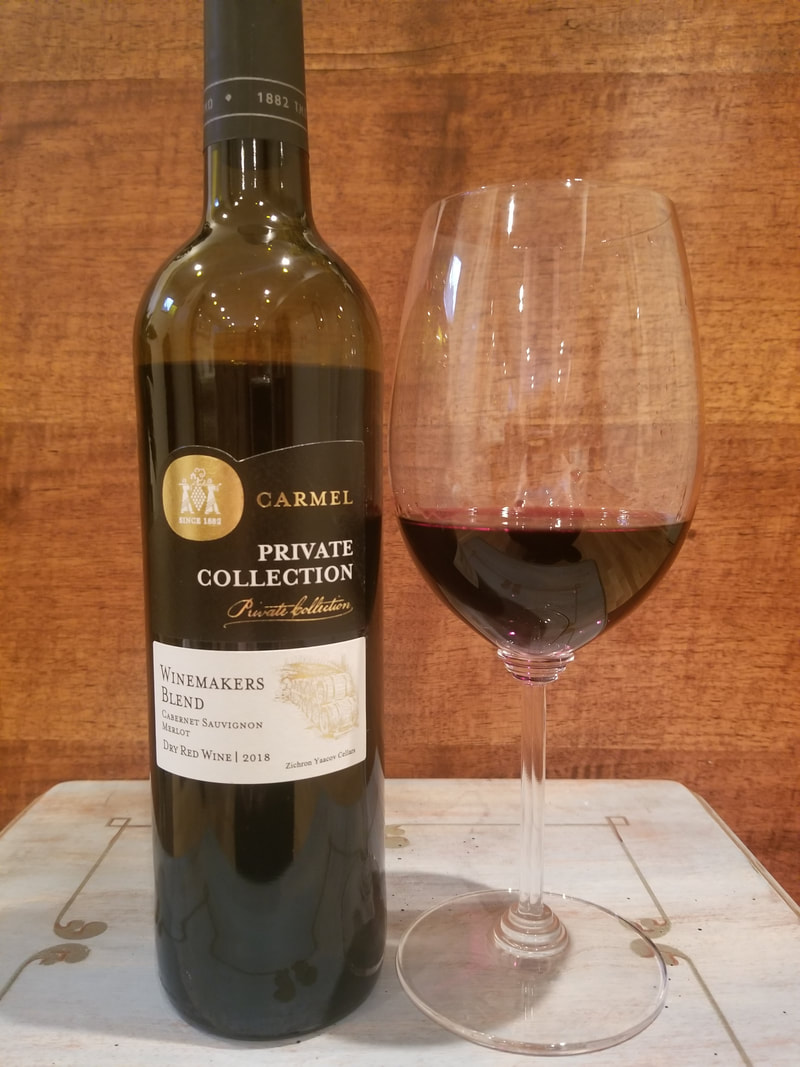
 RSS Feed
RSS Feed